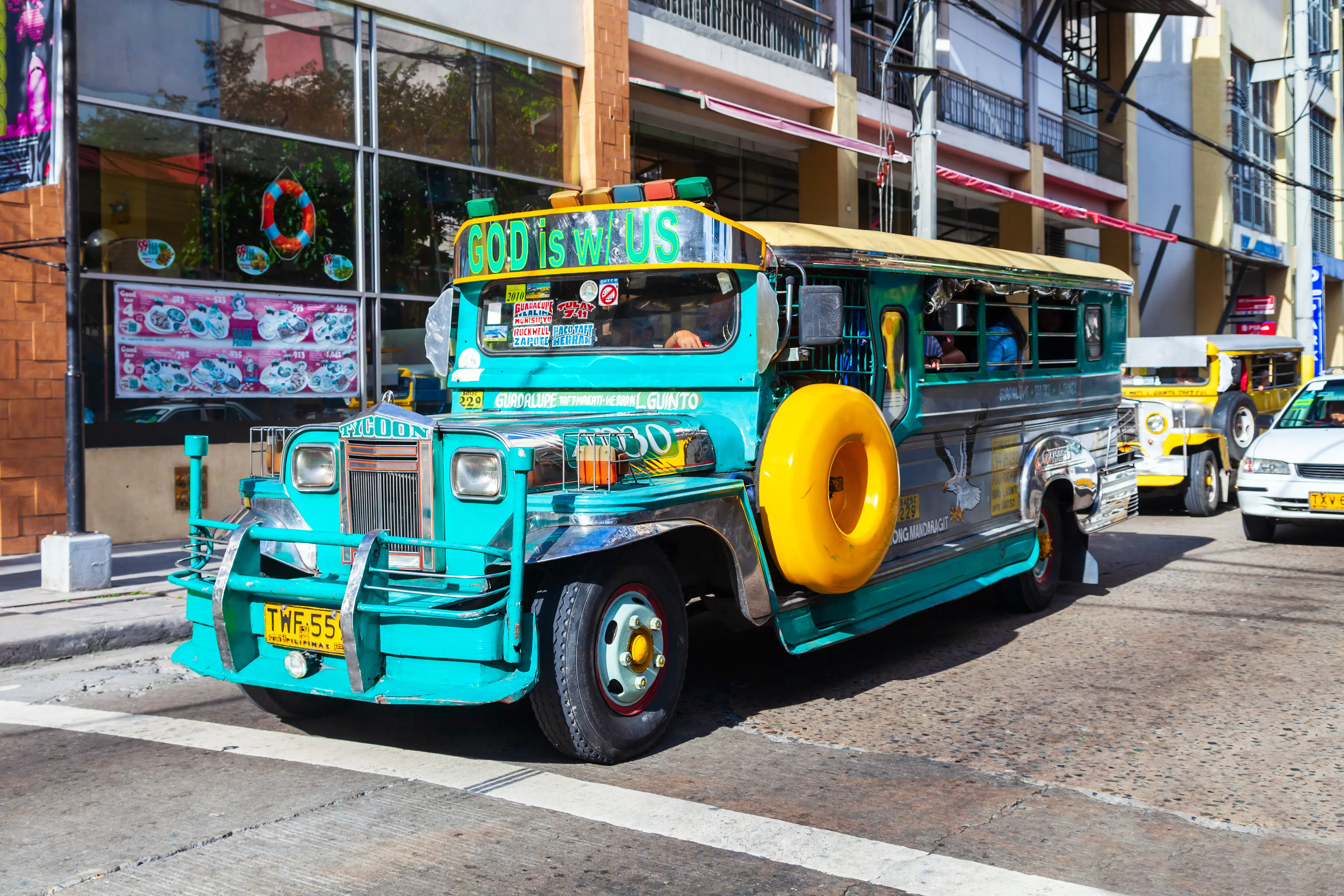3-Day Manila Adventure: Offbeat Outdoor Excursions with Friends
Manila, Philippines
3 days
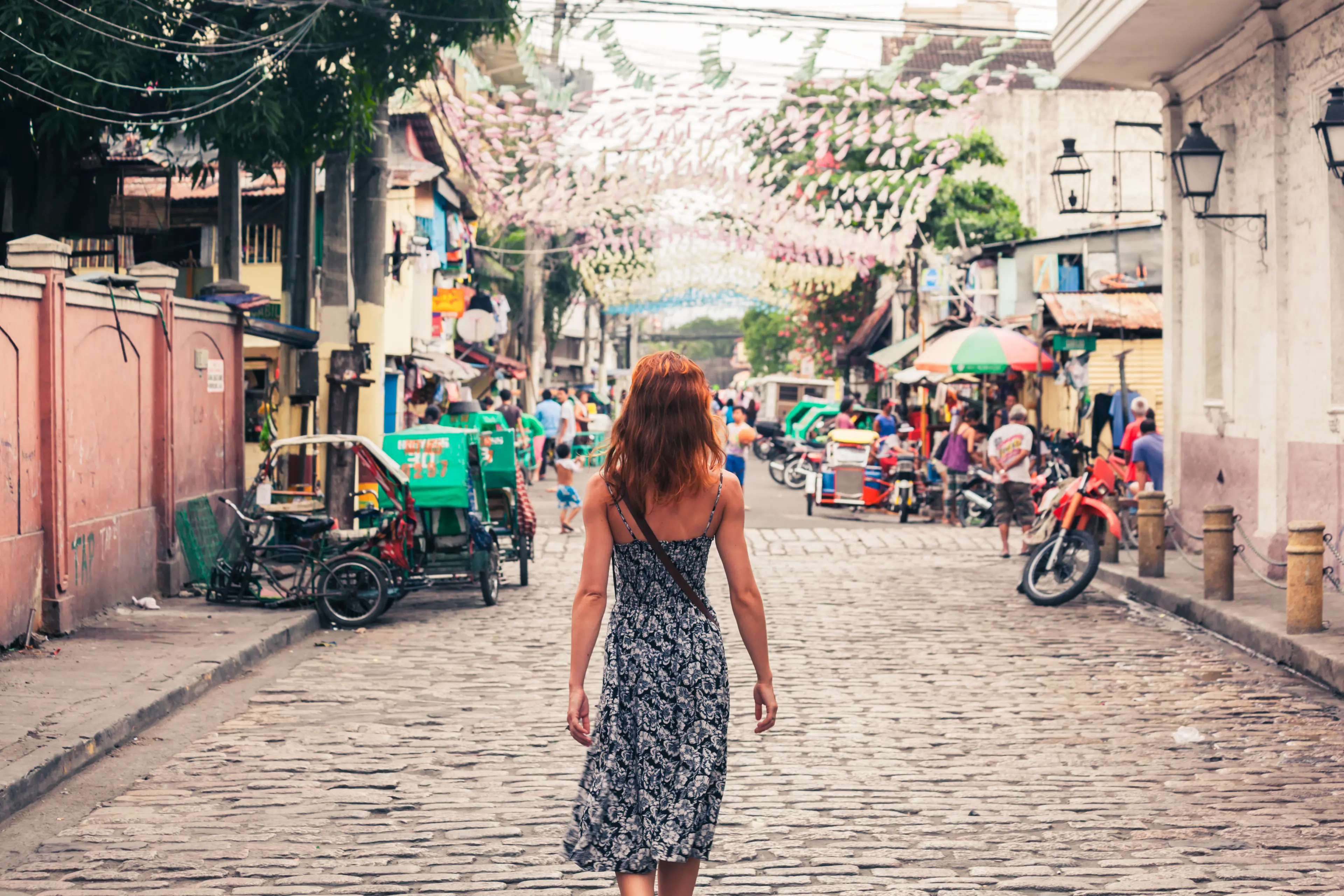
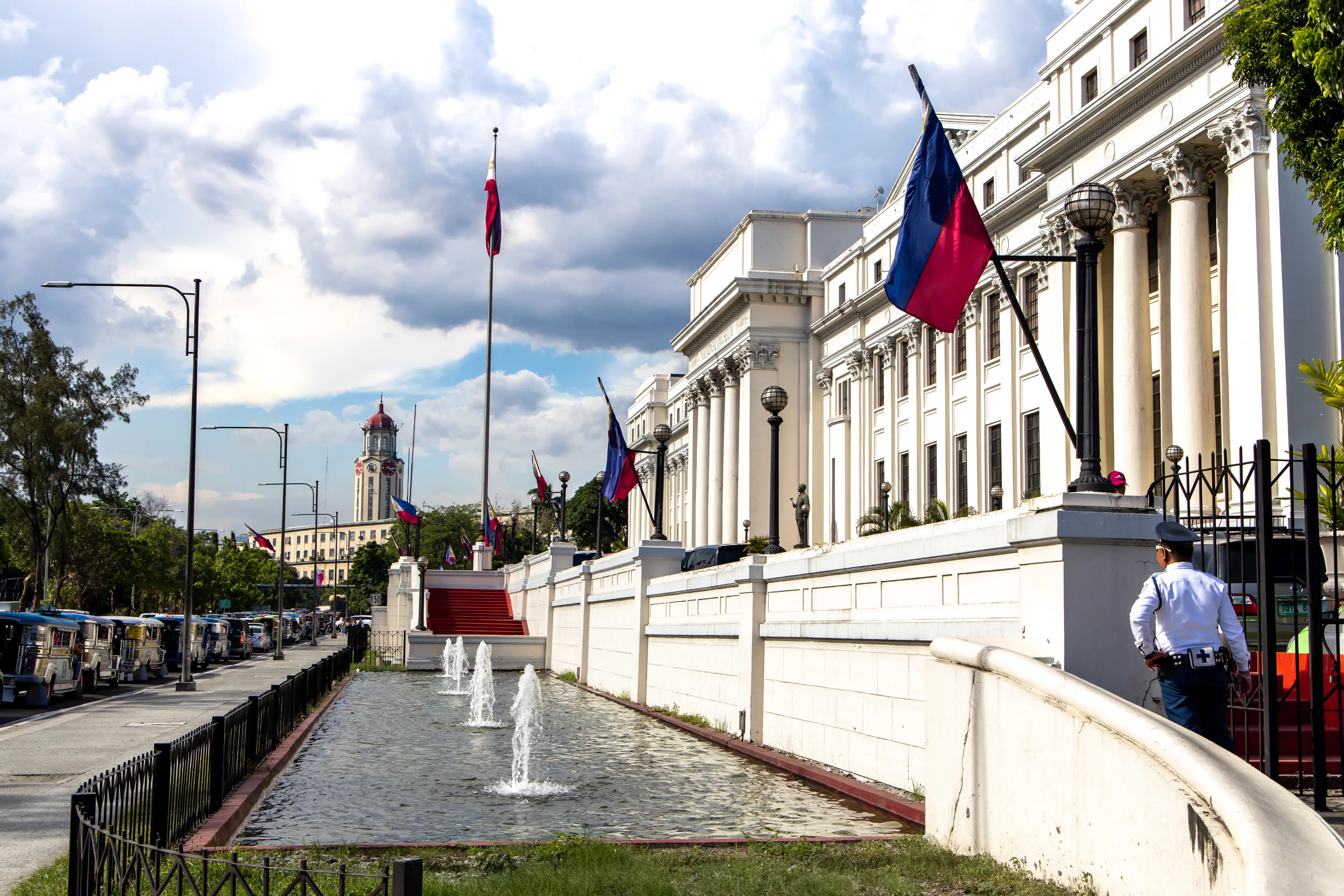
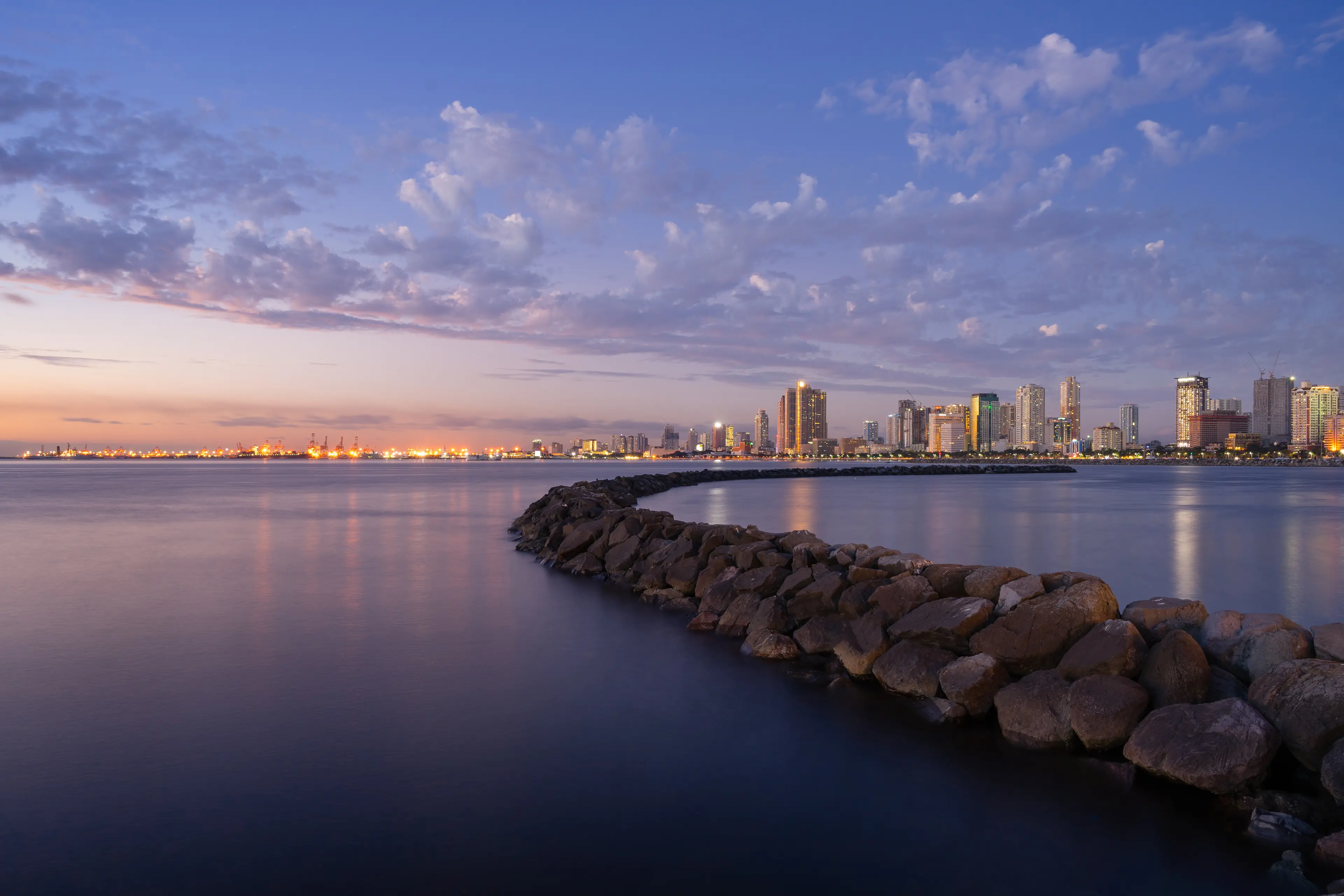
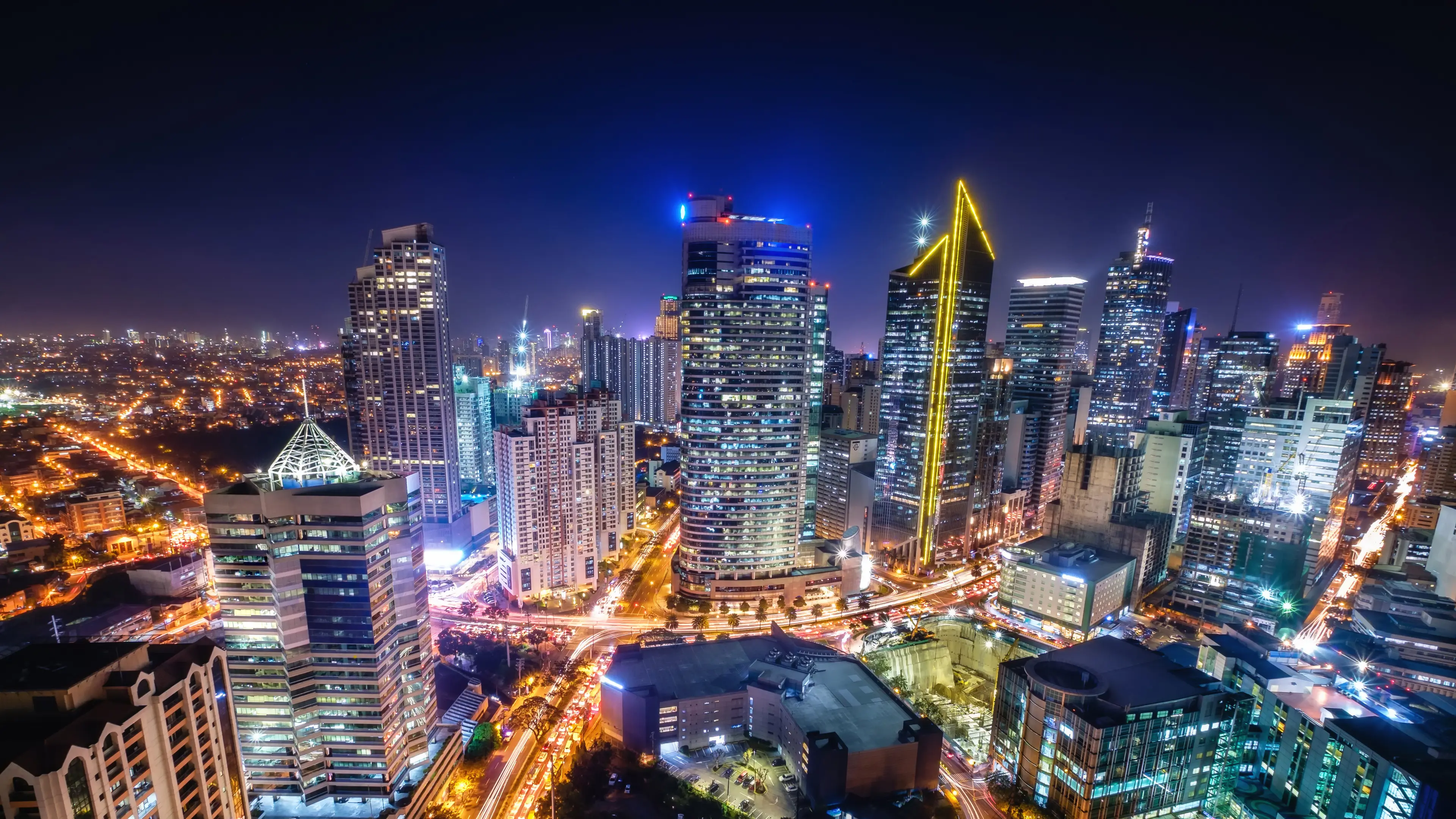
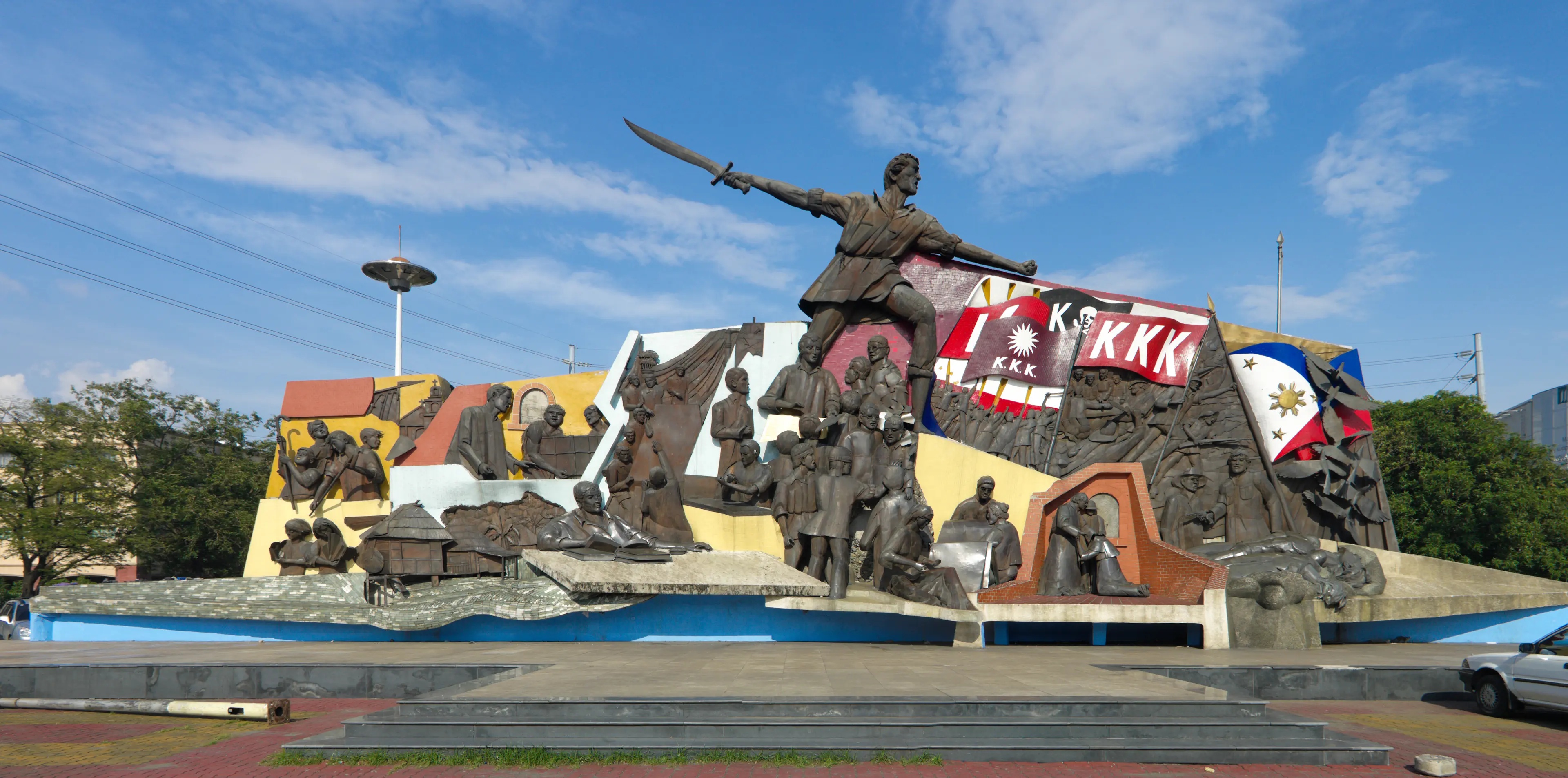
About Manila, Philippines
Experience the vibrant culture and rich history of Manila, the capital city of the Philippines. This bustling metropolis offers a unique blend of Spanish colonial architecture and modern skyscrapers. Visit the historic walled city of Intramuros, explore the diverse exhibits at the National Museum, or shop at the bustling markets of Divisoria and Quiapo. Savor the local cuisine, with its Spanish, Chinese, and Malay influences. Enjoy Manila's lively nightlife, with a range of bars, clubs, and live music venues. Take a relaxing stroll along Manila Bay's sunset-lit promenade or explore the city's numerous parks and gardens. With its warm, friendly locals and a plethora of attractions, Manila is a captivating destination that offers something for every traveler.
3-Day Itinerary
Day 2
Hiking Mount Pinatubo and Relaxing at a Hot Spring
Morning
Start your second day with a hike up Mount Pinatubo. This active volcano offers breathtaking views of the surrounding landscape.
Lunch
Have a packed lunch while enjoying the stunning views at the summit of Mount Pinatubo.
Afternoon
Descend from Mount Pinatubo and spend the afternoon relaxing at a nearby hot spring. The natural hot springs are a perfect way to unwind after the morning's hike.
Dinner
Enjoy a hearty dinner at a local restaurant. Try some of the local delicacies like kare-kare, a traditional Filipino stew.
Evening
Spend the evening exploring the vibrant nightlife in one of Manila's hip neighborhoods. The area is known for its live music and trendy bars.
Day 3
Wildlife Adventure and Artisan Market Exploration
Morning
Start your final day with a visit to a local Wildlife reserve. The reserve is home to a variety of native Filipino wildlife and offers plenty of opportunities for adventure and exploration.
Lunch
Enjoy a picnic lunch in the reserve. Take in the beautiful surroundings as you enjoy your meal.
Afternoon
Spend the afternoon exploring a local Artisan market. The market is a great place to pick up unique souvenirs and gifts.
Dinner
Have your final dinner at a local seafood restaurant. Enjoy the fresh catch of the day and reflect on your adventures in Manila.
Evening
End your trip with a visit to a local karaoke bar. Karaoke is a popular pastime in the Philippines and a fun way to end your trip.
Attractions in Itinerary (6)
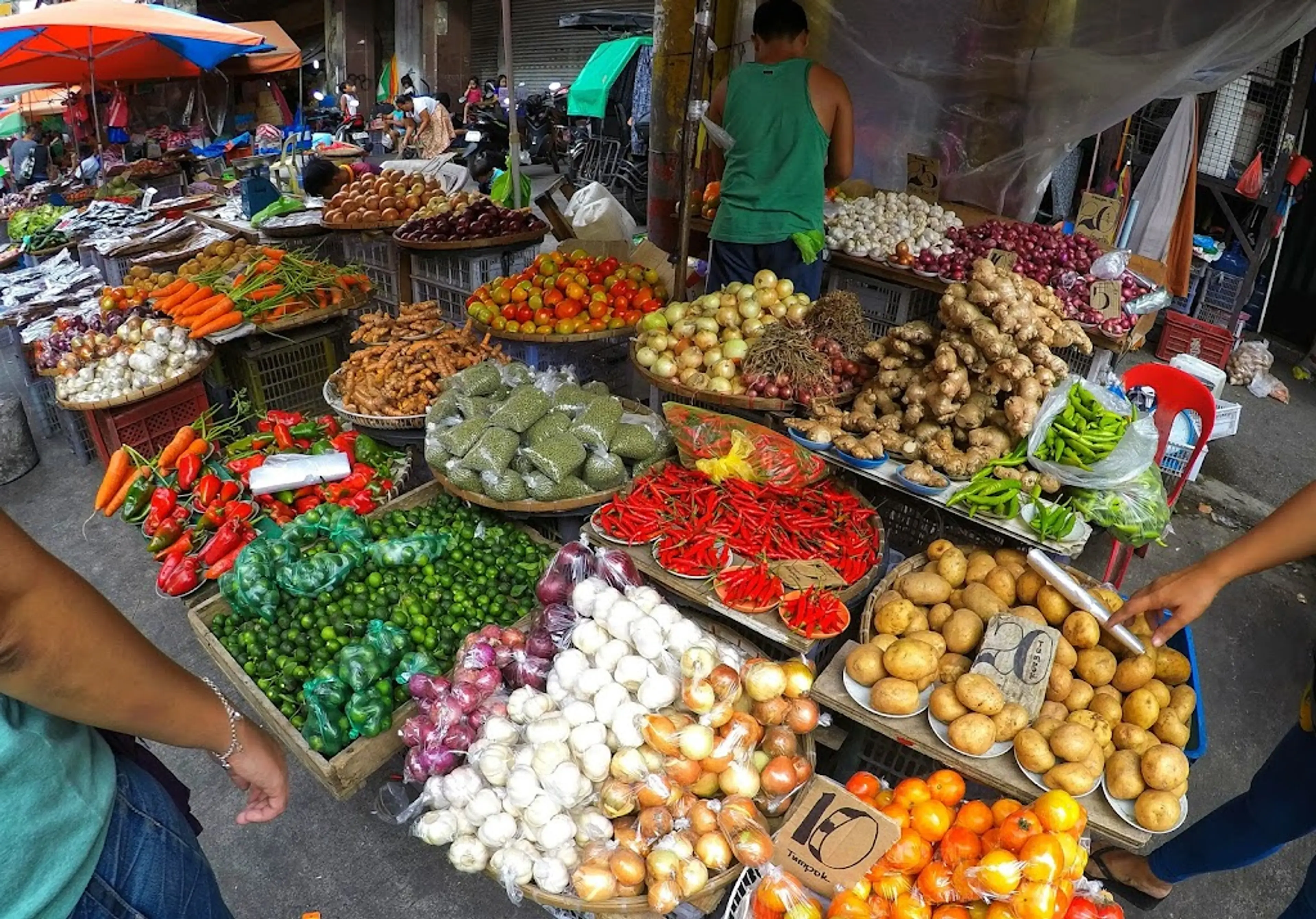
1Local Market
A bustling market where you can find a variety of local goods, from fresh produce to handmade crafts.
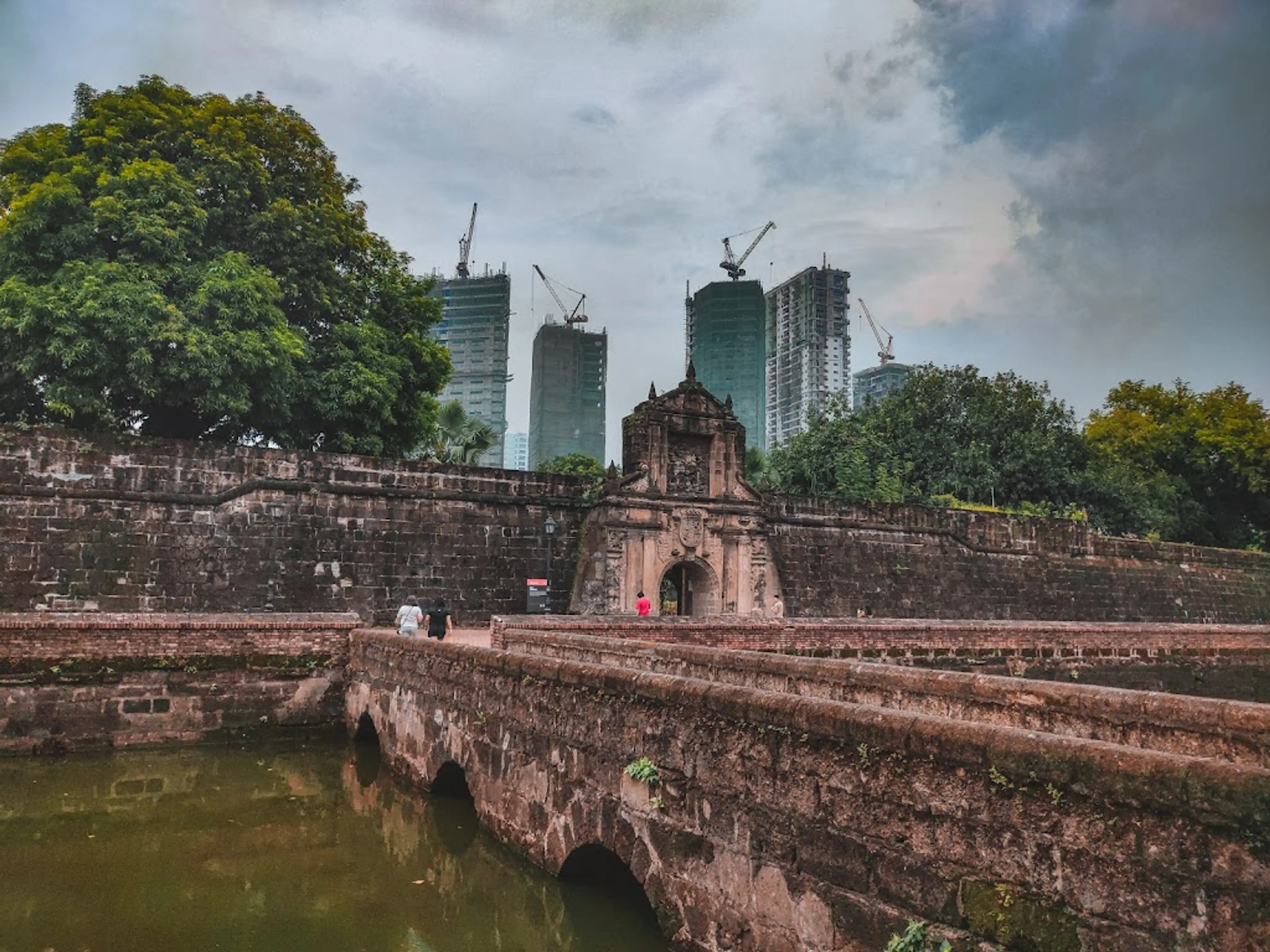
2Intramuros
A historic walled area within the modern city of Manila.
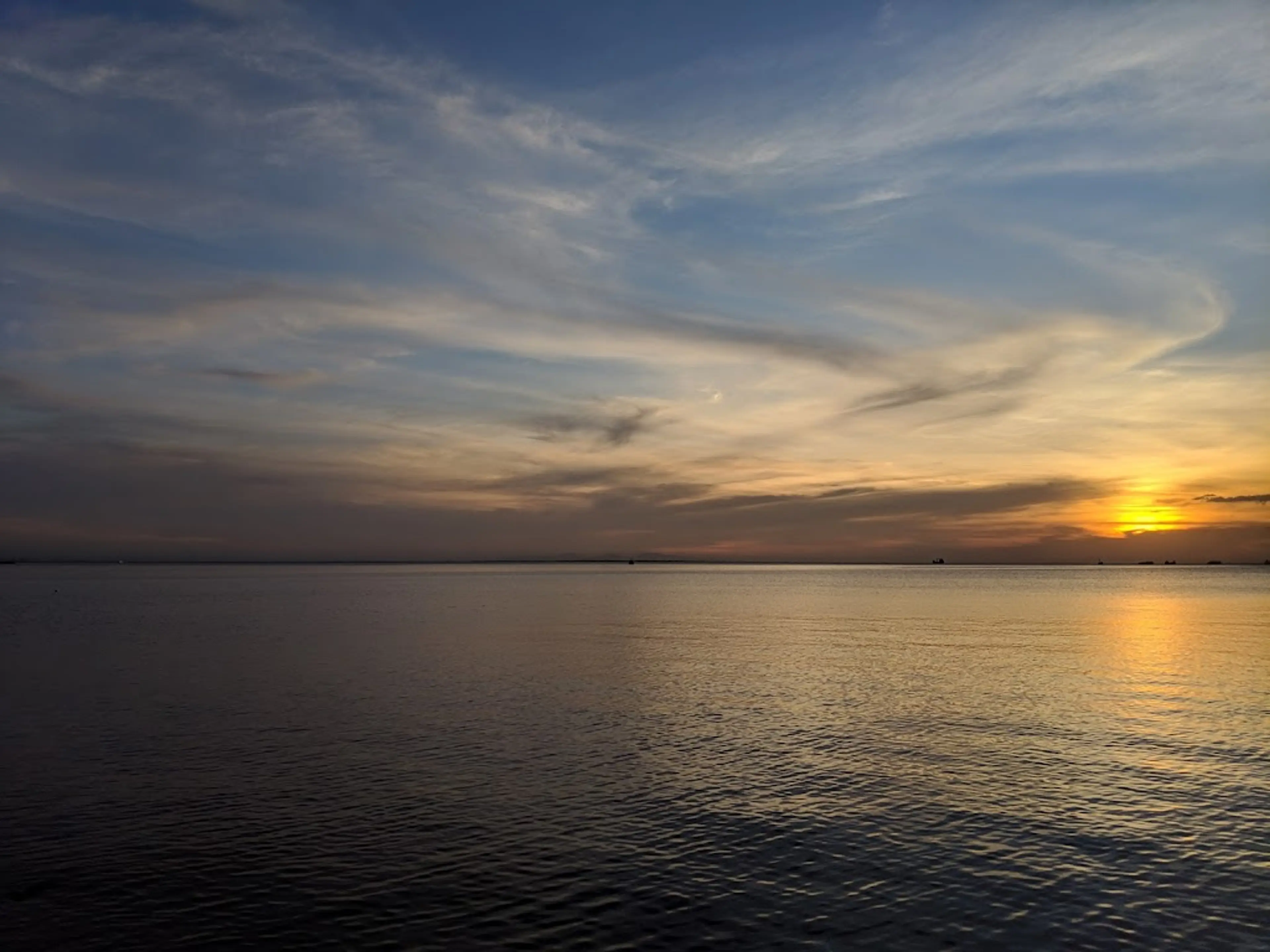
3Manila Baywalk
A popular promenade offering stunning views of Manila Bay, especially during sunset.
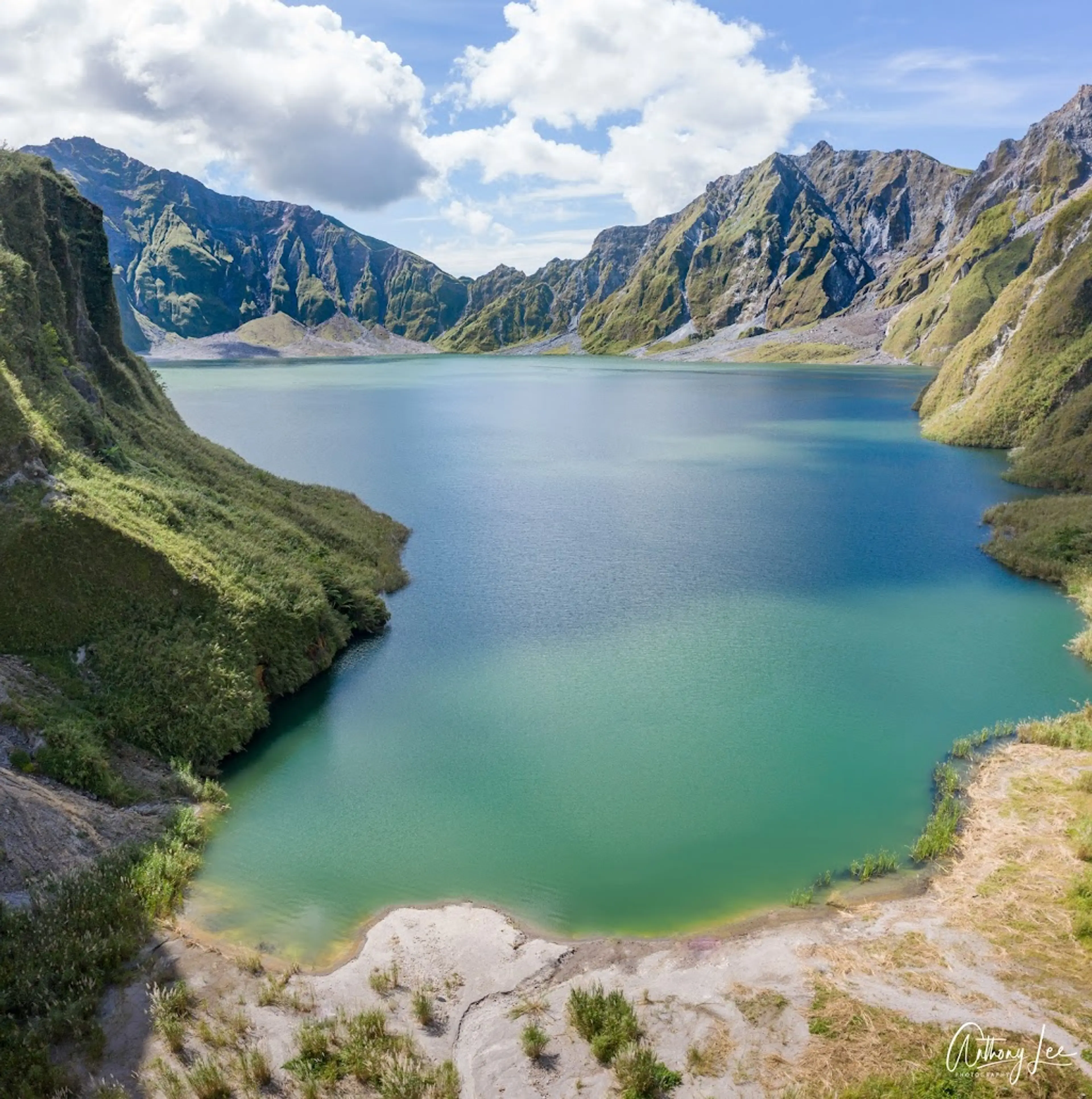
4Mount Pinatubo
An active stratovolcano located on the island of Luzon, known for its stunning crater lake. Offers hiking tours.
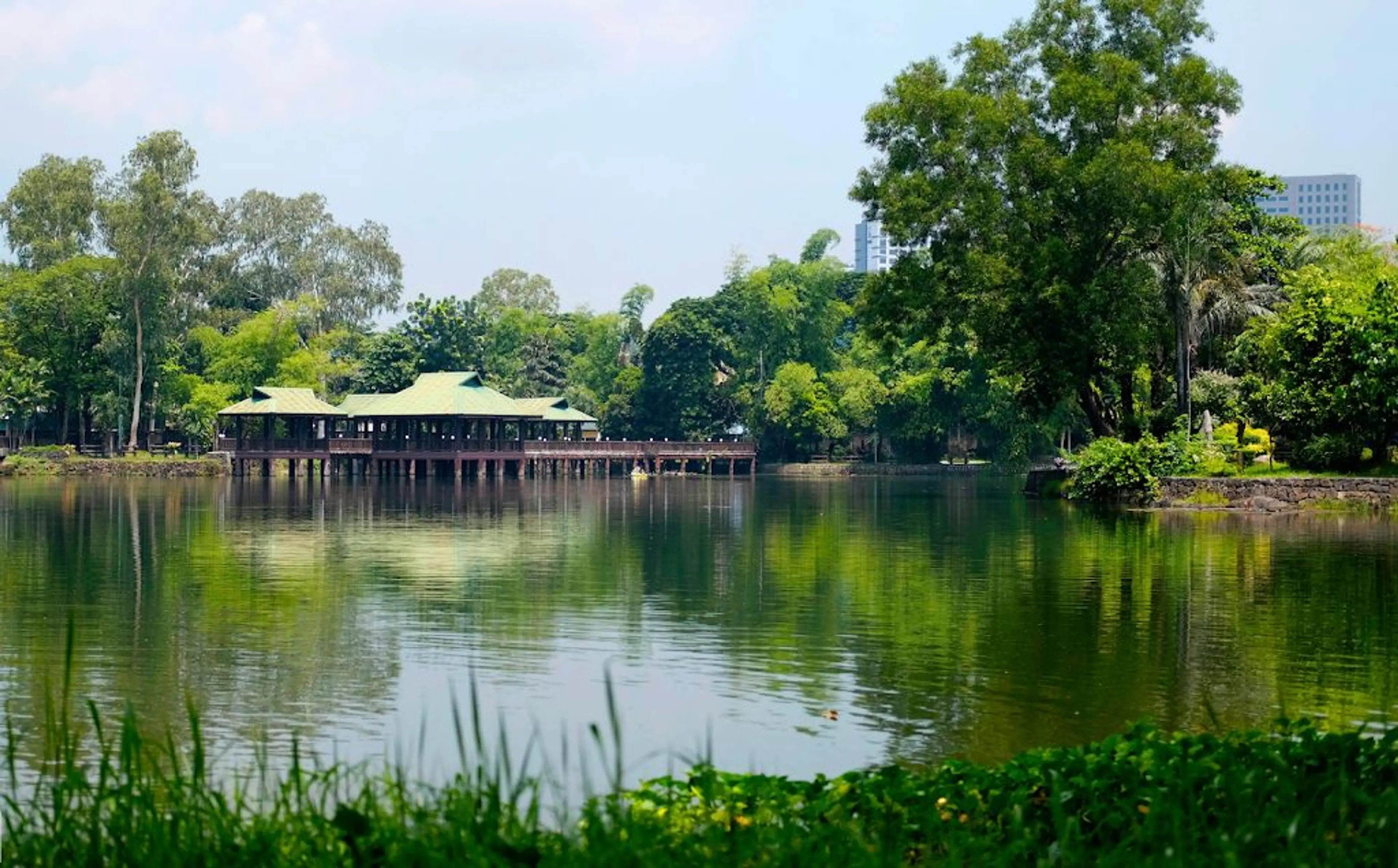
5Wildlife reserve
Protected areas where you can observe and learn about local wildlife in their natural habitat.
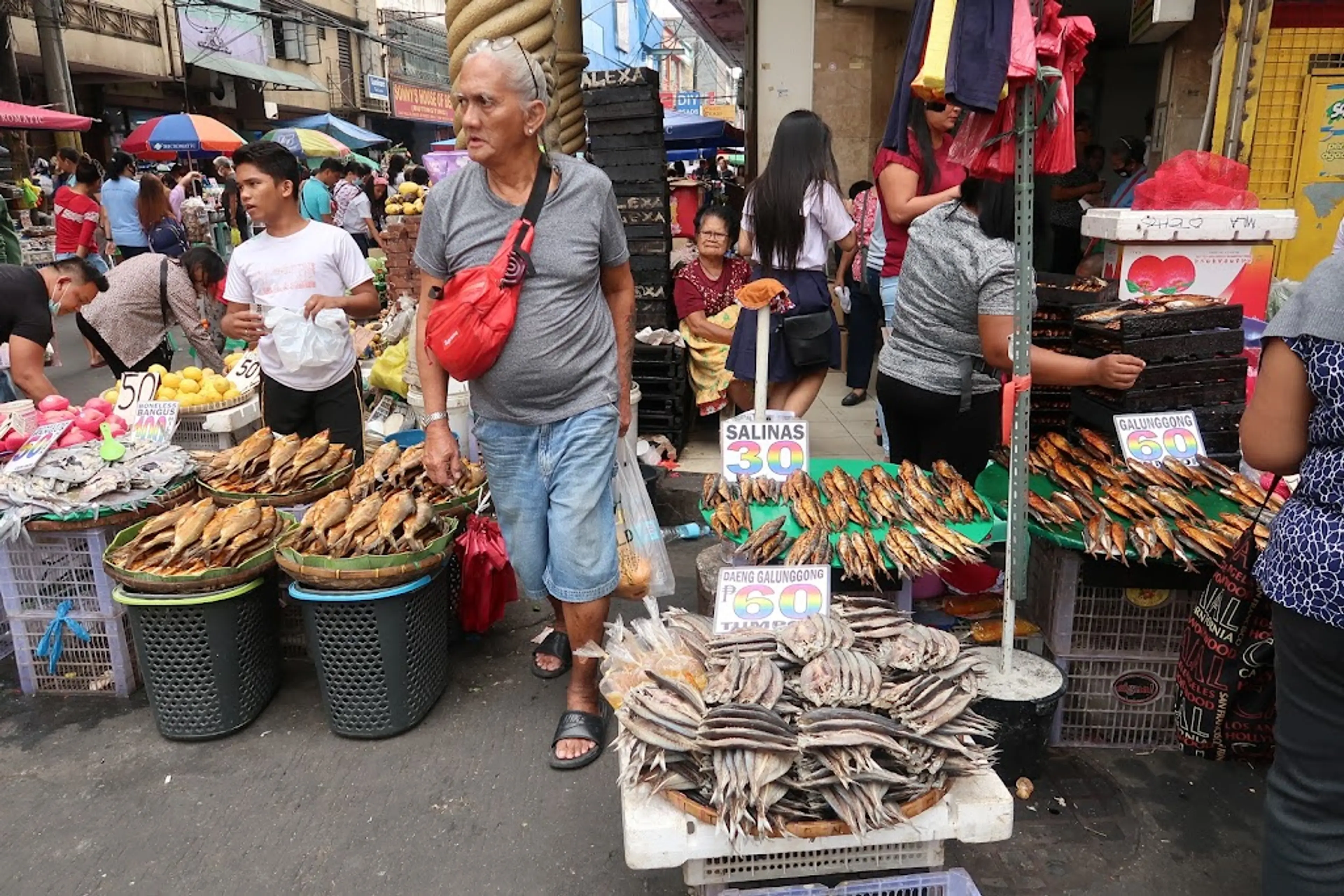
6Artisan market
A market featuring handmade goods from local artisans, offering a unique shopping experience.
Local Food and Drinks (12)
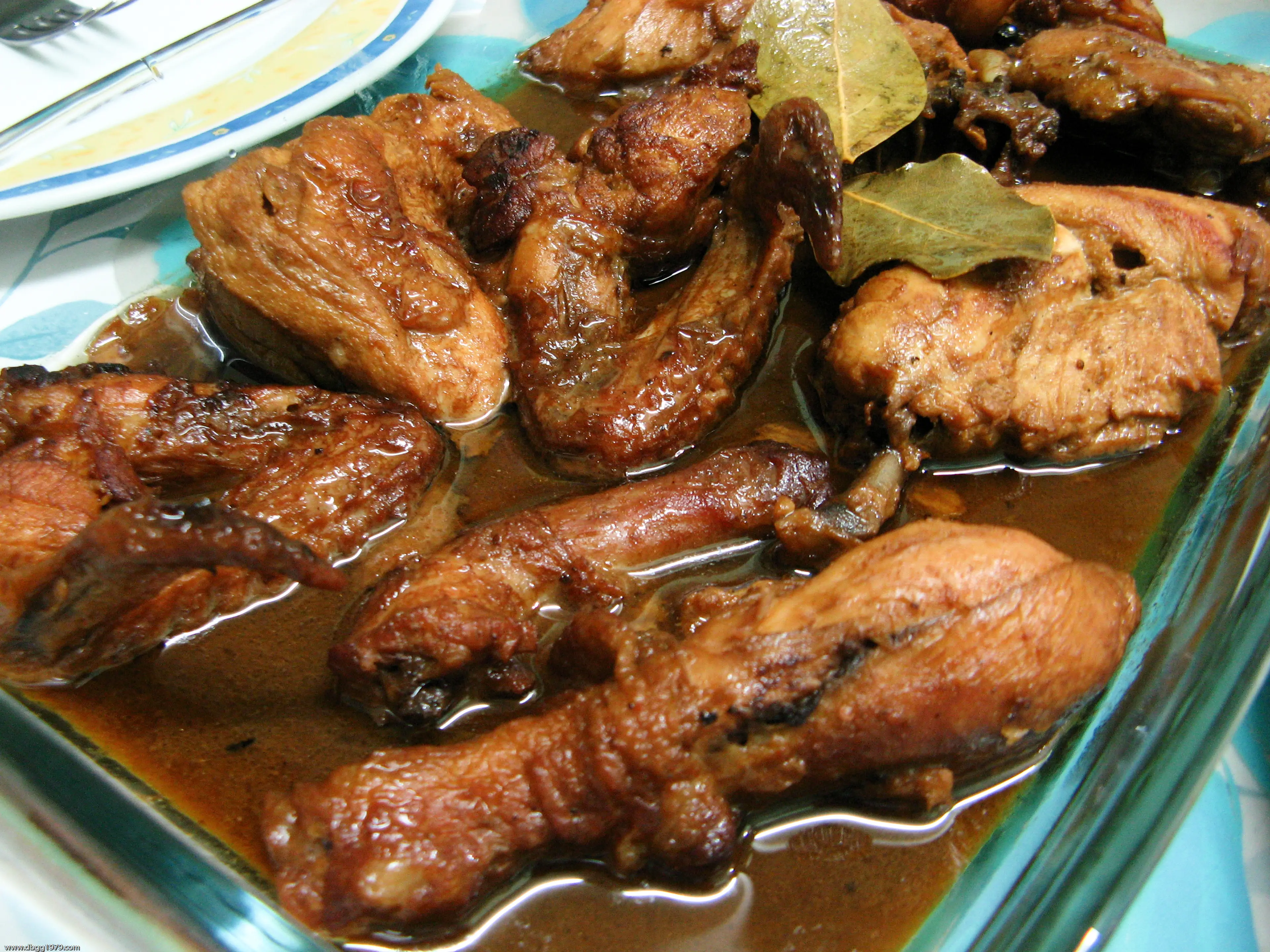
Adobo
Adobo is a popular Filipino dish and cooking process that involves meat, seafood, or vegetables marinated in vinegar, soy sauce, garlic, and spices. It's a staple in Manila and a must-try for tourists.
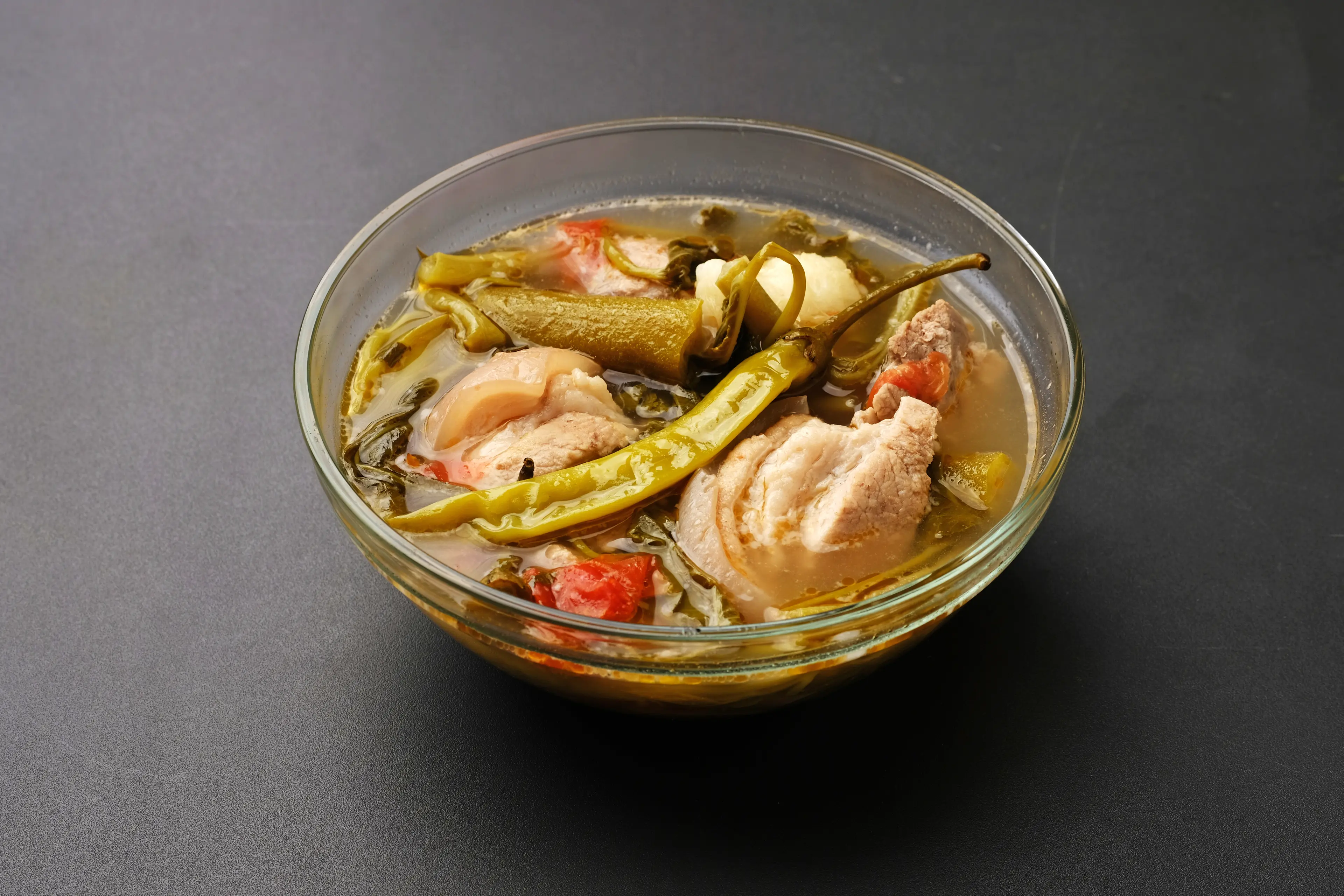
Sinigang
Sinigang is a sour soup native to the Philippines. This tamarind-based soup is a favorite in Manila and is often served with pork, beef, shrimp, or fish.
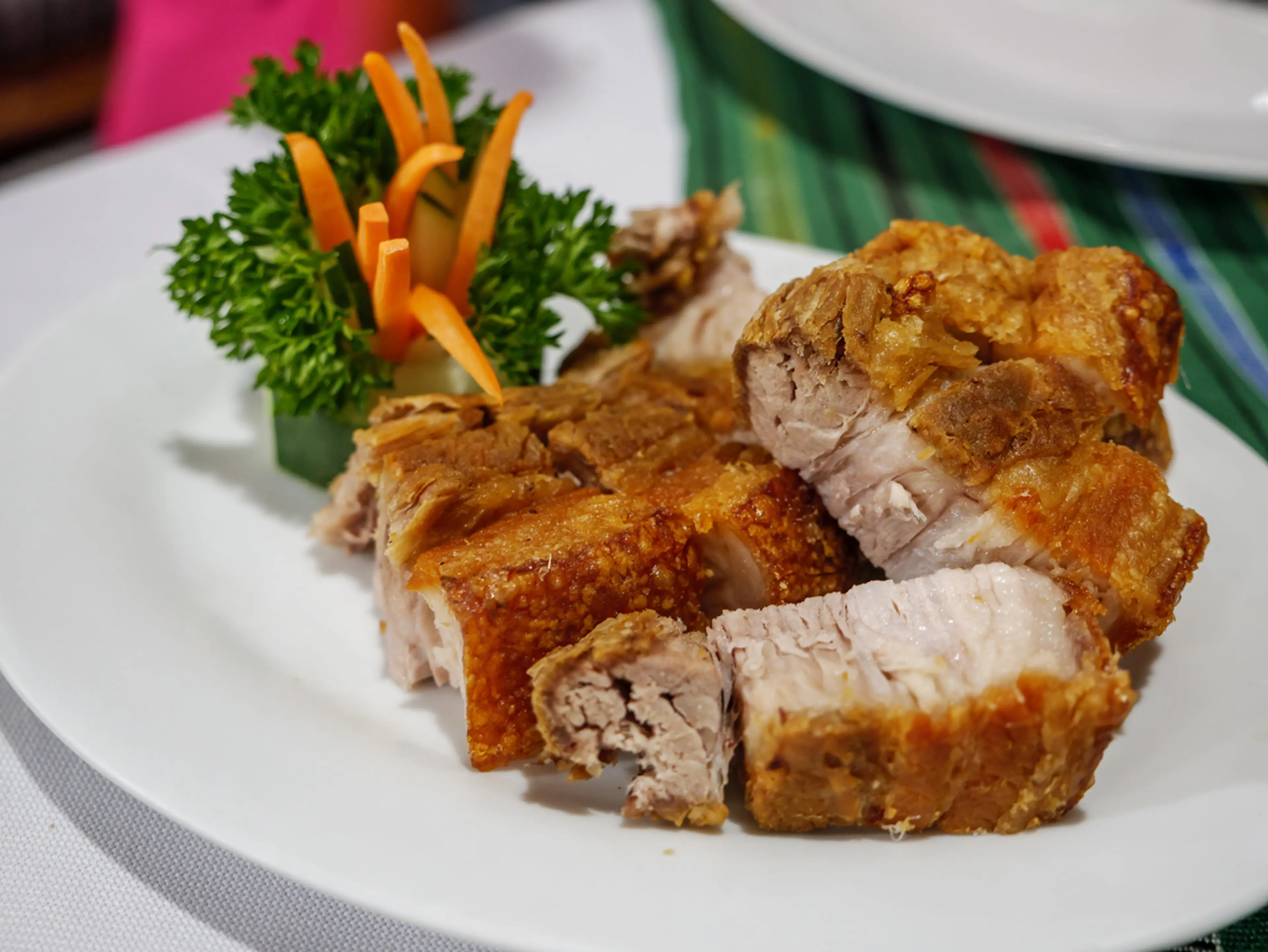
Lechon
Lechon is a whole roasted pig, and is often served at festive occasions in Manila. It's known for its crispy skin and tender, flavorful meat.
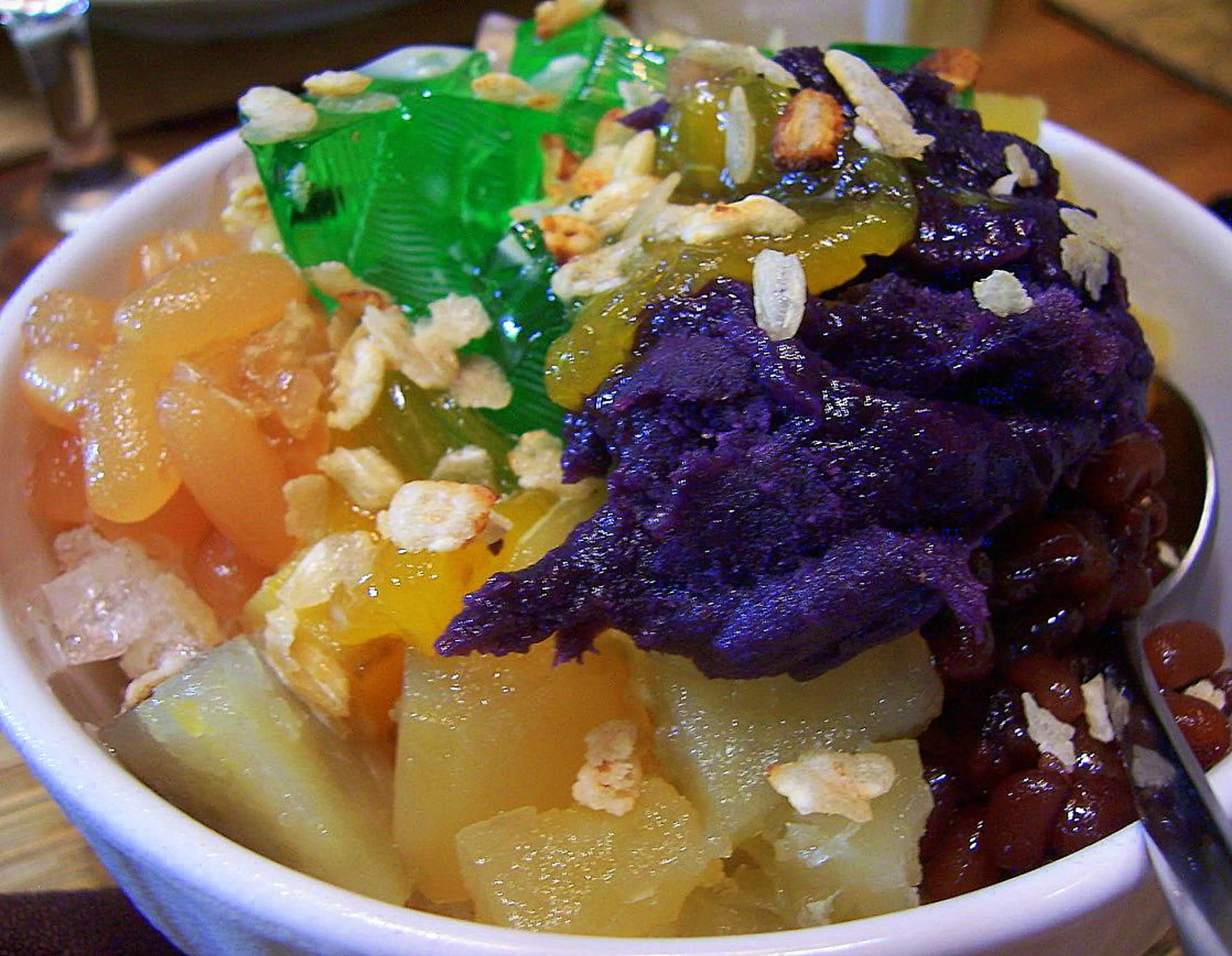
Halo-Halo
Halo-Halo is a popular Filipino cold dessert-drink made from crushed ice, evaporated milk, and various ingredients like sweetened beans, jello, fruits, and topped with leche flan and ube ice cream. It's a refreshing treat to beat the Manila heat.
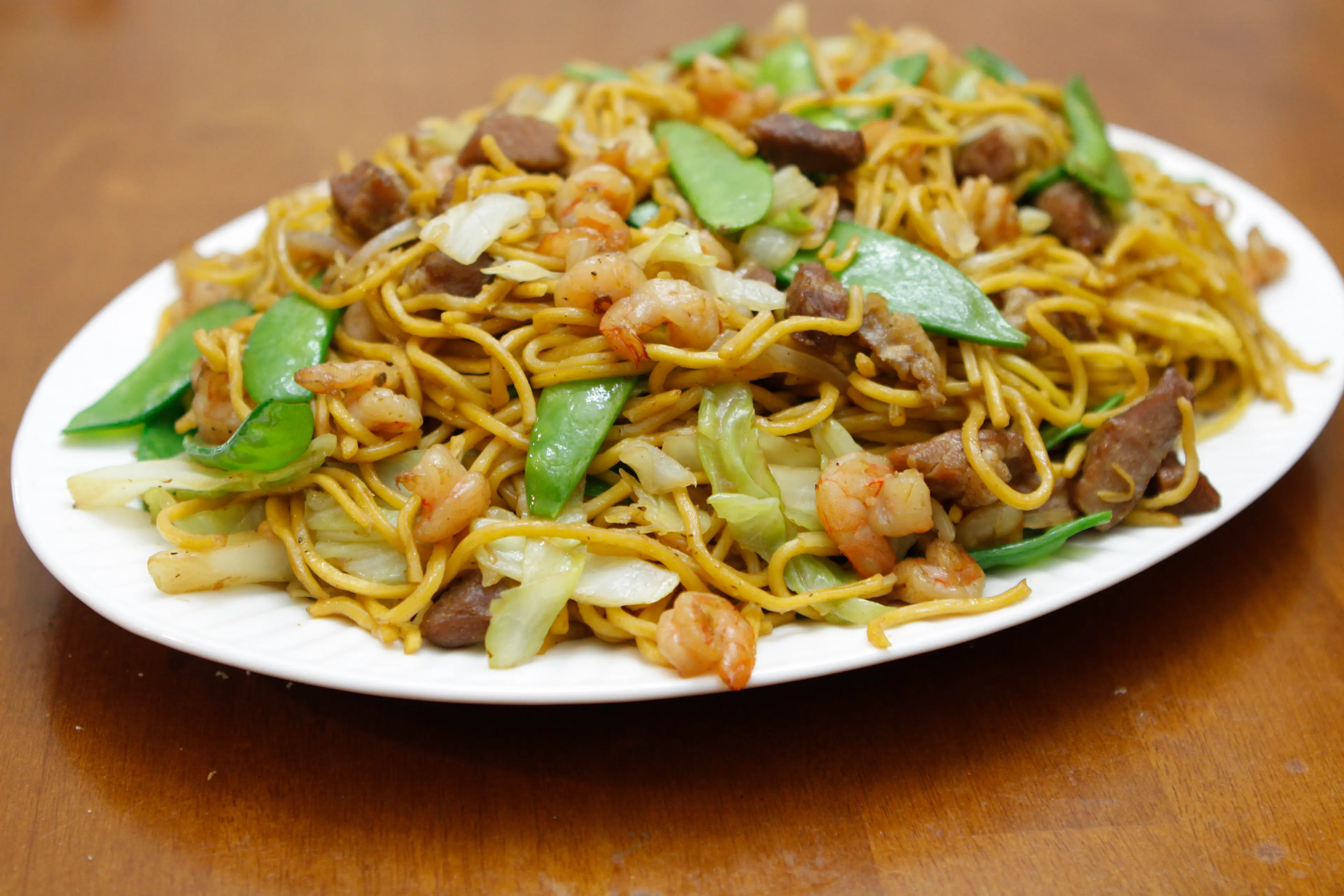
Pancit
Pancit is a noodle dish often served on birthdays and special occasions in Manila. There are many variations, but most include meat, vegetables, and sometimes seafood.
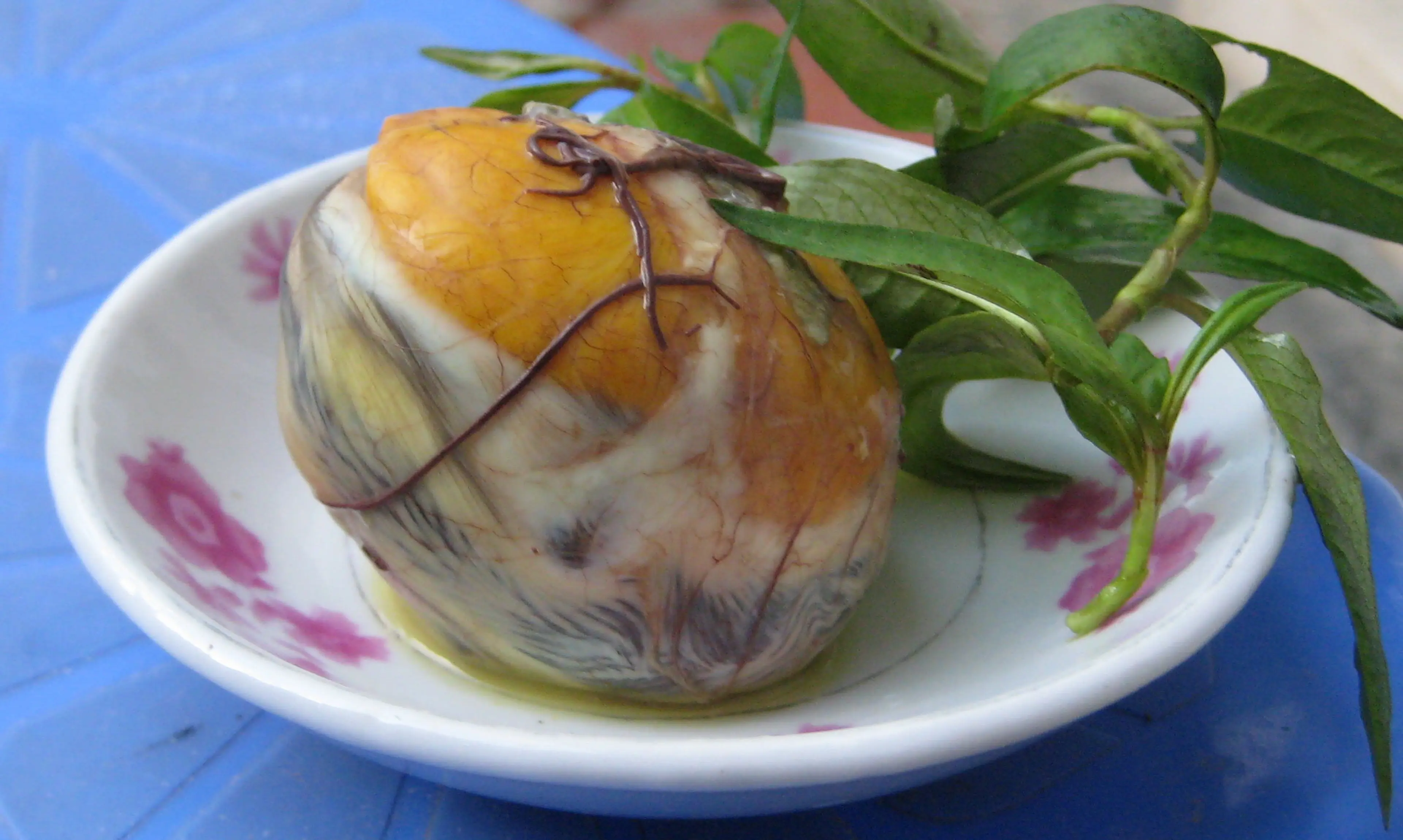
Balut
Balut is a developing bird embryo that is boiled and eaten from the shell. It's a common street food in Manila and is considered a delicacy by many Filipinos.
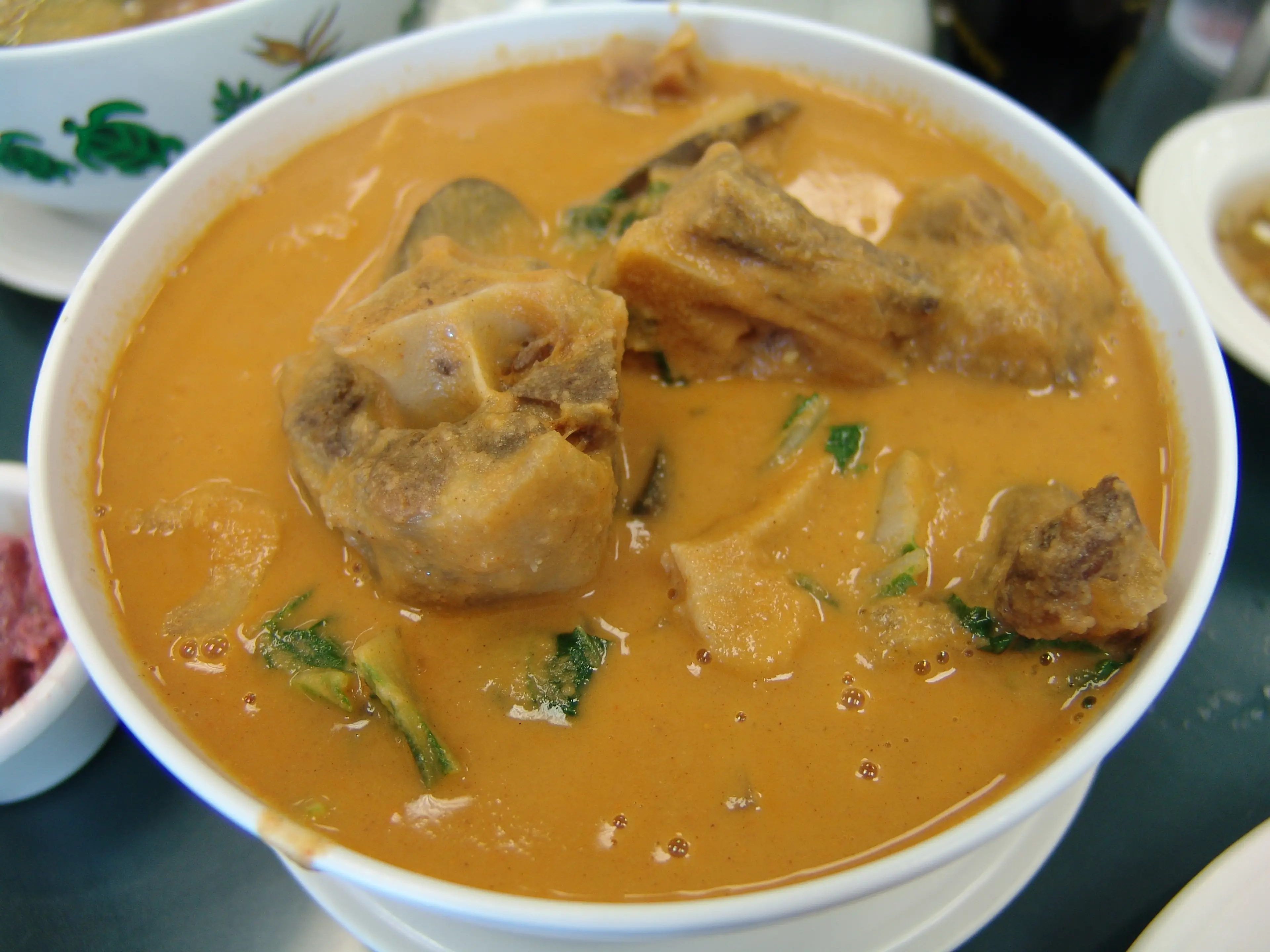
Kare-Kare
Kare-Kare is a traditional Filipino stew complimented with a thick savory peanut sauce. It is made from a variation base of stewed oxtail, pork hocks, calves feet, pig feet, beef stew meat, and occasionally offal or tripe.
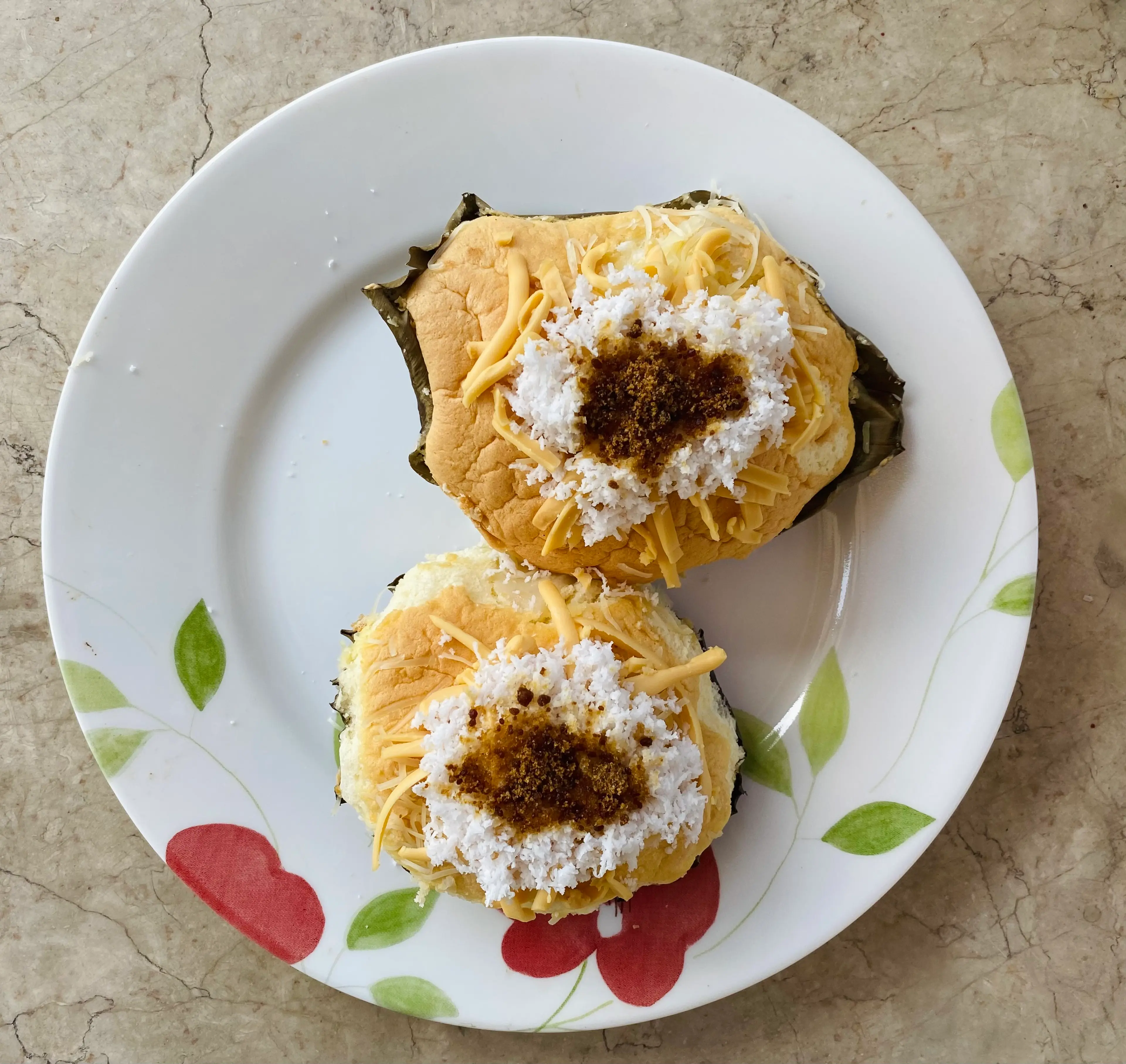
Bibingka
Bibingka is a type of baked rice cake from the Philippines. It's traditionally made from galapong, baked in a special clay pot, lined with a piece of banana leaf, and topped with salted duck egg and cheese.
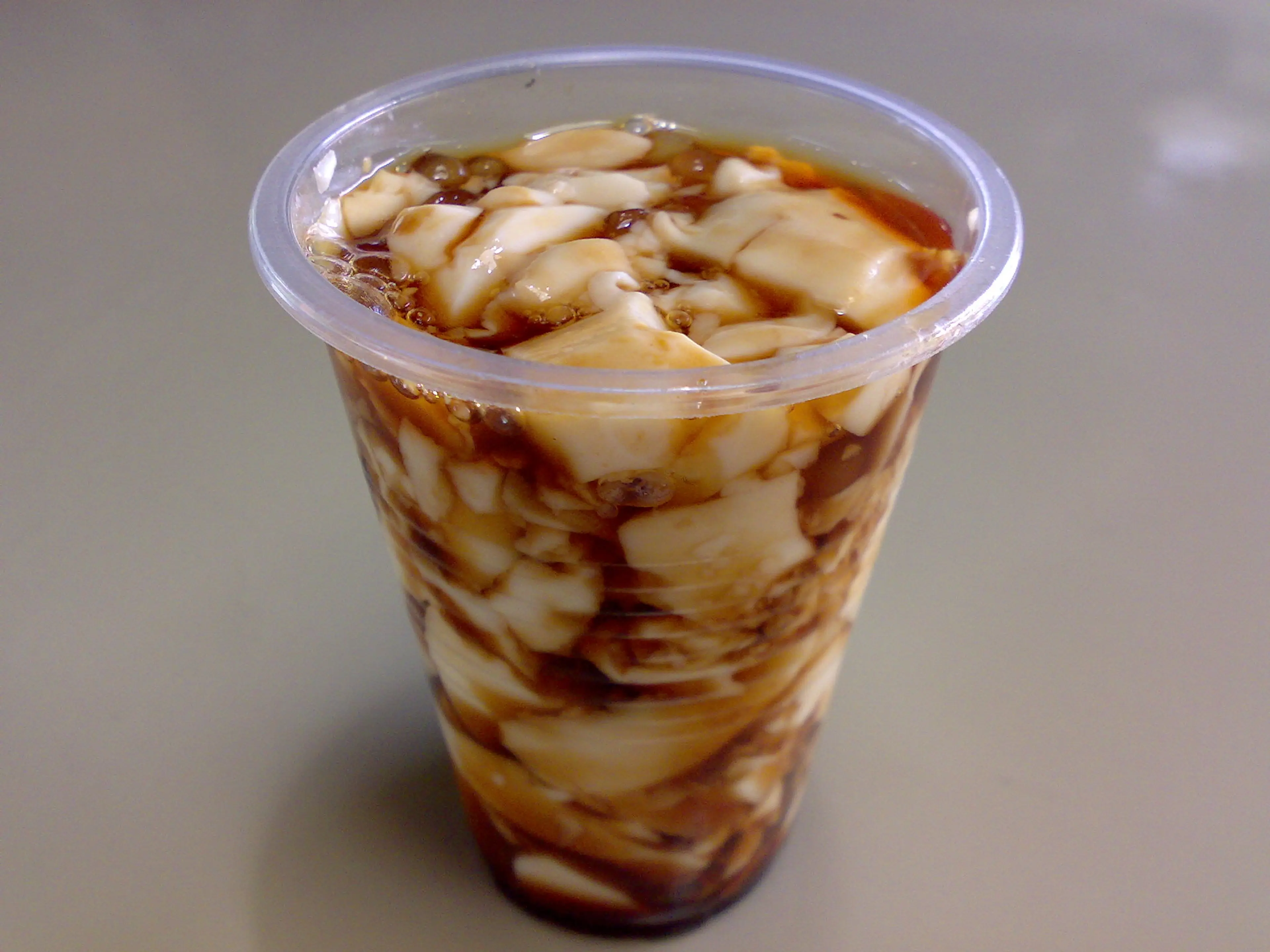
Taho
Taho is a Philippine street food made of fresh soft/silken tofu, arnibal (sweetener and flavoring), and sago pearl (similar to tapioca pearls). This staple comfort food is a must-try for anyone visiting Manila.
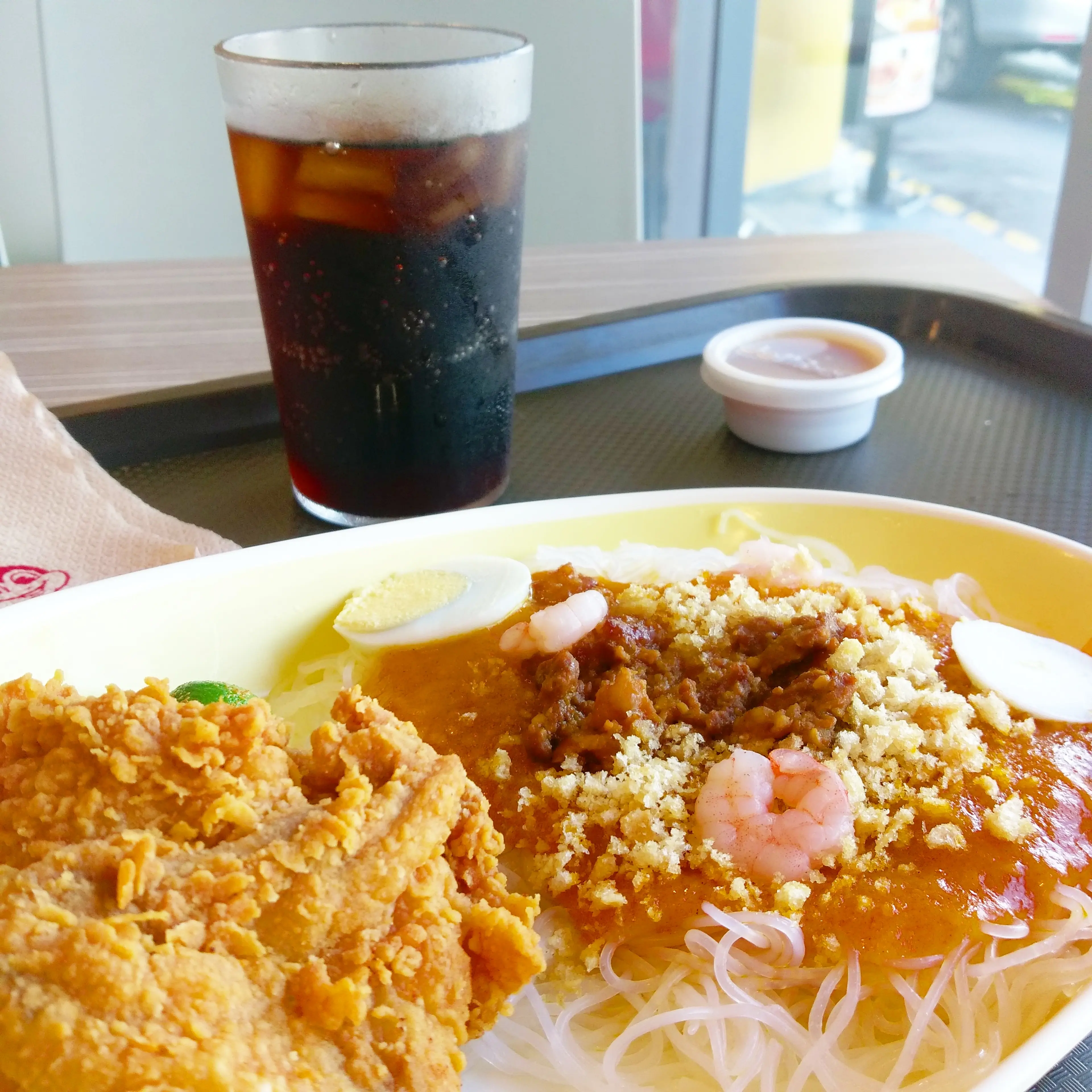
Jollibee Chickenjoy
Jollibee Chickenjoy is a popular fast-food fried chicken meal in the Philippines. It's crispy on the outside, juicy on the inside, and is often served with a side of spaghetti.
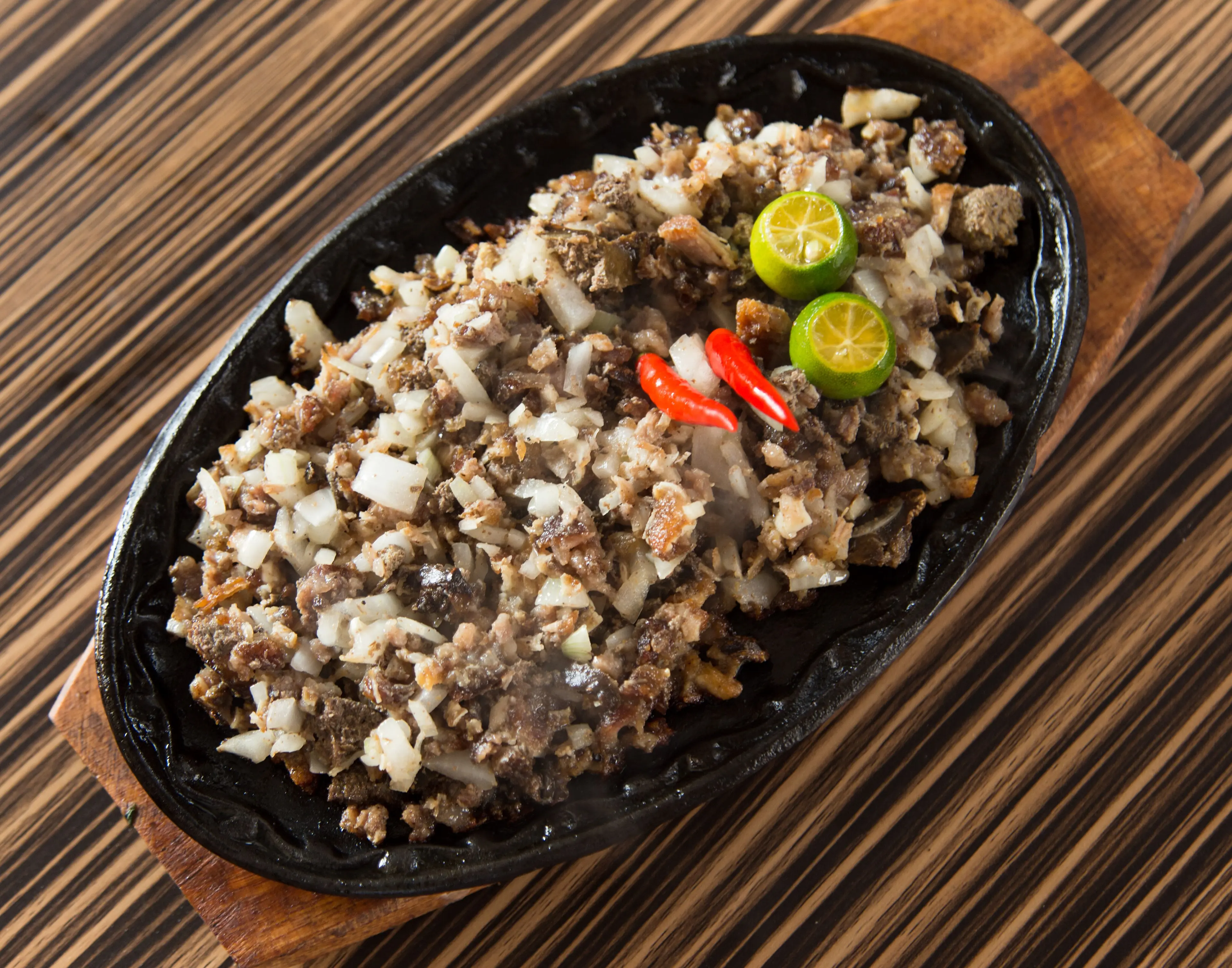
Sisig
Sisig is a Filipino dish made from parts of pig head and liver, usually seasoned with calamansi and chili peppers. It's a popular dish in Manila and is often served sizzling in a cast iron plate.
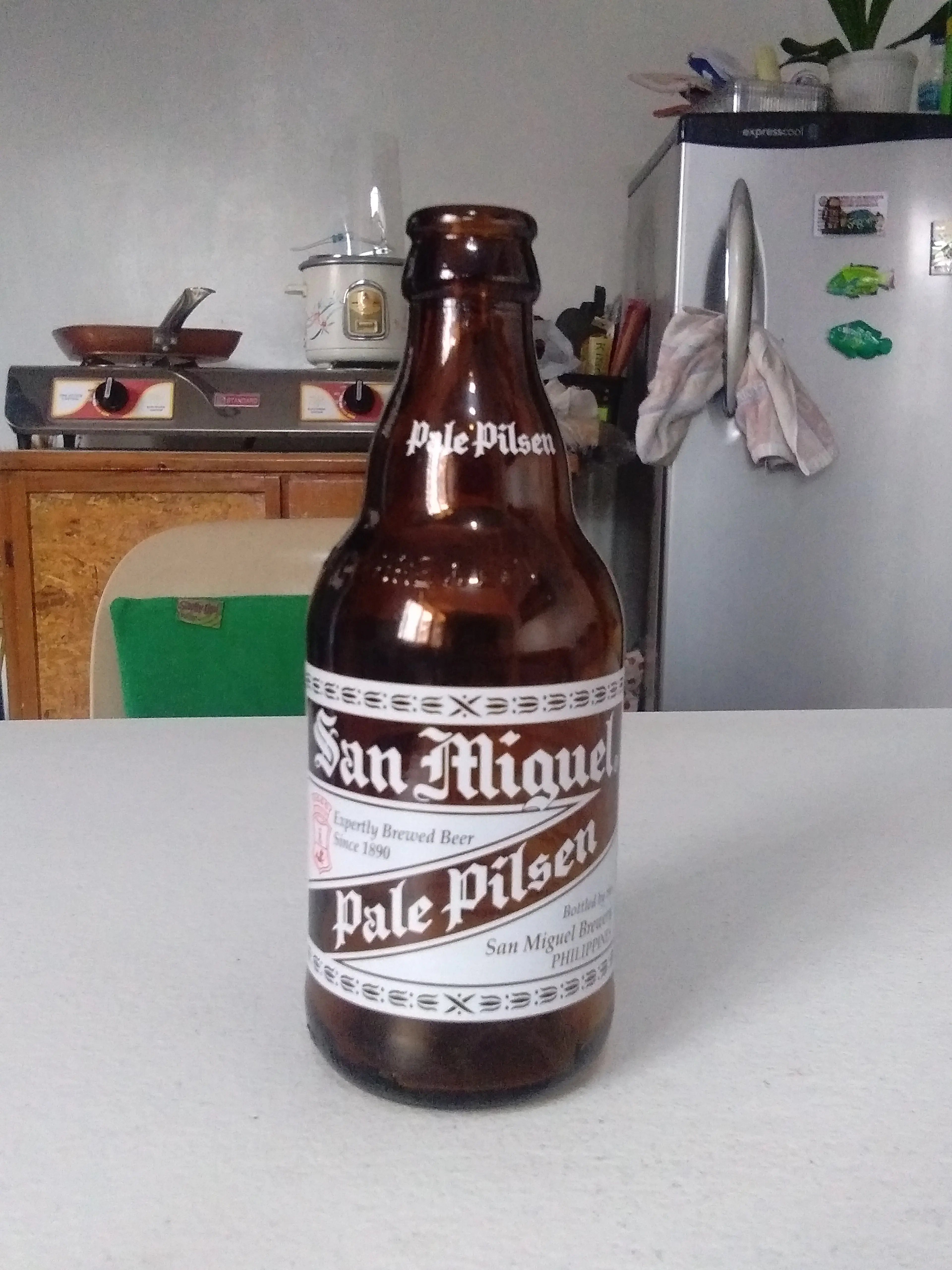
San Miguel Beer
San Miguel Beer is the most popular beer in the Philippines. It's a pale lager that pairs well with many Filipino dishes. It's a must-try for beer lovers visiting Manila.
Best time to visit
The best time to visit Manila, Philippines is during the dry season, which runs from November to April. During these months, you can expect less rainfall and more comfortable temperatures, perfect for sightseeing and exploring the city. Among these months, January to February is particularly pleasant due to cooler temperatures. However, if you're planning to attend local festivals, January and April are the best months. Please note that December to February is the peak tourist season, so expect higher prices and more crowds during this period.
How to get around
Jeepney
Jeepneys are the most popular means of public transportation in Manila. They are known for their crowded seating and kitsch decorations, which have become a ubiquitous symbol of Philippine culture and art.
Tricycle
Tricycles are a common means of public transportation in the Philippines. They are basically motorbikes with sidecars, catering for up to two passengers at a time.
Bus
Buses are a common form of public transportation in Manila. They operate on many routes and can be a cheap way of getting around. However, they can be crowded and the traffic can be heavy.
Taxi
Taxis are widely available in Manila. They are metered and can be hailed down on the street or booked in advance. They offer a convenient way to travel around the city.
Ridesharing
Ridesharing services such as Grab are available in Manila. They can be booked via a smartphone app and offer a convenient and often cheaper alternative to taxis.
MRT and LRT
Manila has two light rail networks: the Manila Light Rail Transit System (LRT) and the Manila Metro Rail Transit System (MRT). They are a fast and efficient way to get around the city, avoiding the heavy traffic.
Ferry
The Pasig River Ferry Service operates in Manila, providing an alternative way to get around. It is the only water-based transportation in Manila that cruises along the Pasig River.
Pedicab
Pedicabs are human-powered tricycles, a common means of transportation in small neighborhoods and short distances in Manila.
Kalesa
Kalesa is a horse-drawn carriage that was introduced during the Spanish colonial period. It is used in some parts of Manila, particularly in the tourist areas, for a more traditional and leisurely way of getting around.
Important information
Currency₱ PHP
Time zoneUTC+8
Driving sideRight
Emergency phone166117
Drinking waterOpt for bottled water
Power sockets
Voltage220 V
Things to know about Manila, Philippines as a first time visitor
1
Manila is the capital city of the Philippines and is very populated.
2
The official language is Filipino, but English is widely spoken and understood.
3
The currency used is the Philippine Peso (PHP). Credit cards are accepted in most places, but it's always good to have some cash on hand.
4
Tipping is not mandatory but is appreciated. A 10% tip is usually sufficient in restaurants and taxis.
5
Public transportation is widely available, including jeepneys, tricycles, buses, and the Light Rail Transit (LRT).
6
Traffic can be heavy, especially during rush hour. Be prepared for possible delays.
7
The weather is tropical, with temperatures ranging from 70°F to 90°F (21°C to 32°C). It's hot and humid most of the year, with a rainy season from June to November.
8
Typhoons can occur between June and November. Stay updated with the weather forecast during your visit.
9
Dress is generally casual, but some establishments may require a more formal attire.
10
Be aware of pickpockets in crowded areas. Keep your belongings secure at all times.
11
The city is generally safe, but it's always wise to take standard precautions, especially at night.
12
The tap water is not safe to drink. Always opt for bottled water.
13
Manila operates on Philippine Standard Time, which is 8 hours ahead of Greenwich Mean Time (GMT+8).
14
The electrical standard is 220 volts at 60 hertz. Plugs are typically Type A or Type B.
15
Internet access is widely available, with free WiFi often offered in hotels, cafes, and some public areas.
16
Manila has a vibrant nightlife, with numerous bars, clubs, and restaurants open late.
17
Shopping is a popular activity, with a range of options from high-end malls to local markets.
18
Street food is a must-try. Be adventurous but also cautious about hygiene.
19
Manila has a rich history and culture. Respect local customs and traditions.
20
Healthcare facilities are generally good in Manila, but travel insurance is recommended for any unexpected medical expenses.
Basic Filipino to know as a first time visitor
English phrase | Native phrase | Pronunciation | When to use it |
|---|---|---|---|
Hello | Kamusta | ka-mus-ta | Greeting someone |
Goodbye | Paalam | pa-a-lam | Leaving or saying goodbye |
Thank you | Salamat | sa-la-mat | Expressing gratitude |
Please | Pakisuyo | pa-ki-su-yo | Making a request |
Yes | Oo | o-o | Agreeing or affirming |
No | Hindi | hin-di | Disagreeing or denying |
Excuse me | Paumanhin | pa-u-man-hin | Getting attention or apologizing |
I'm sorry | Pasensya na | pa-sen-ya na | Apologizing |
Do you speak English? | Nagsasalita ka ba ng Ingles? | nag-sa-sa-li-ta ka ba ng in-gles | Asking if someone speaks English |
I don't understand | Hindi ko maintindihan | hin-di ko mai-n-tin-di-han | Not understanding what was said |
Where is the bathroom? | Saan ang banyo? | sa-an ang ban-yo | Asking for the bathroom |
How much is this? | Magkano ito? | mag-ka-no i-to | Asking the price of something |
I need a doctor | Kailangan ko ng doktor | kai-lan-gan ko ng dok-tor | In case of medical emergency |
Can you help me? | Maaari mo ba akong tulungan? | ma-aari mo ba a-kong tu-lun-gan | Asking for help |
Food | Pagkain | pag-kain | Talking about food |
Water | Tubig | tu-big | Asking for water |
Beer | Beer | beer | Ordering a beer |
Cheers | Tagay | ta-gay | Toasting |
I love you | Mahal kita | ma-hal ki-ta | Expressing love |
Beautiful | Maganda | ma-gan-da | Complimenting someone |
Packing List
Clothing
Lightweight clothing
Underwear
Socks
Swimwear
Comfortable walking shoes
Flip flops
Hat or cap for sun protection
Sunglasses
Light jacket or sweater for cooler evenings
Toiletries
Travel-sized shampoo and conditioner
Body wash or soap
Toothbrush and toothpaste
Deodorant
Razor and shaving cream
Sunscreen
Insect repellent
First aid kit with band-aids and antiseptic cream
Prescription medications
Hand sanitizer
Travel documents and essentials
Passport
Driver's license or other ID
Credit and debit cards
Cash in local currency
Travel insurance documents
Hotel and transportation reservation confirmations
Emergency contact information
Electronics and gadgets
Smartphone
Charger for smartphone
Universal power adapter
Headphones
Camera
Charger for camera
Portable power bank
Miscellaneous items
Travel pillow
Earplugs and eye mask
Snacks for the journey
Reusable water bottle
Books or e-reader for entertainment
Travel guidebook for Manila
Umbrella or raincoat
Ziplock bags for organization
Tote bag for shopping
Weather Conditions
When planning a trip to Manila, Philippines, it's crucial to consider the city's tropical climate, which is characterized by high humidity, abundant rainfall, and relatively high temperatures. The year in Manila is divided into two main seasons: the dry season, which typically runs from November to April, and the wet season, which spans from May to October. If you prefer warm, dry weather, the best time to visit would be during the dry season. During this period, temperatures can range from 79°F to 95°F (26°C to 35°C), making it perfect for outdoor activities and sightseeing. However, if you're planning to visit during the wet season, be prepared for frequent and sometimes heavy rainfall. The temperatures during this season range from 77°F to 90°F (25°C to 32°C). Despite the rain, the wet season also has its charm, with lush, green landscapes and fewer tourists. Regardless of when you visit, it's advisable to pack lightweight, breathable clothing due to the high humidity. Don't forget your sunscreen, as the sun can be quite strong, especially during the dry season. Lastly, always keep an eye on the weather forecast during your stay. This is particularly important during the wet season, as the city can experience typhoons. Stay safe and enjoy your trip to Manila!
| Month | Hi / Lo (°C) | Weather Overview |
|---|---|---|
January | 30° / 22° | January is the coolest month in Manila, with temperatures ranging from 22 to 30 degrees Celsius. It's a great time to visit if you prefer cooler weather. |
February | 31° / 22° | February is still relatively cool in Manila, with temperatures slightly increasing. It's a good time to visit before the heat of summer sets in. |
March | 33° / 24° | March marks the start of summer in Manila, with temperatures starting to rise. It's a good time to visit if you enjoy hot weather. |
April | 34° / 25° | April is the hottest month in Manila, with temperatures peaking at 34 degrees Celsius. It's a great time to visit if you enjoy the heat and want to hit the beaches. |
May | 34° / 25° | May continues the summer heat in Manila, with temperatures similar to April. It's a good time to visit if you want to experience the city's vibrant summer festivals. |
June | 32° / 24° | June marks the start of the rainy season in Manila, but temperatures remain high. It's a good time to visit if you don't mind occasional rain showers. |
July | 31° / 24° | July is in the middle of the rainy season in Manila, with temperatures slightly dropping. It's a good time to visit if you prefer cooler weather and don't mind the rain. |
August | 31° / 24° | August continues the rainy season in Manila, with similar temperatures to July. It's a good time to visit if you want to experience the city's lush greenery after the rain. |
September | 31° / 24° | September is the end of the rainy season in Manila, with temperatures remaining steady. It's a good time to visit if you want to catch the end of the rainy season. |
October | 31° / 24° | October marks the start of the cooler season in Manila, with temperatures starting to drop. It's a good time to visit if you prefer cooler weather. |
November | 31° / 24° | November continues the cooler season in Manila, with temperatures remaining steady. It's a good time to visit if you want to experience the city's vibrant holiday season. |
December | 30° / 22° | December is one of the coolest months in Manila, with temperatures dropping to as low as 22 degrees Celsius. It's a great time to visit if you want to experience a tropical Christmas. |
Did you know?
Places near by Manila, Philippines
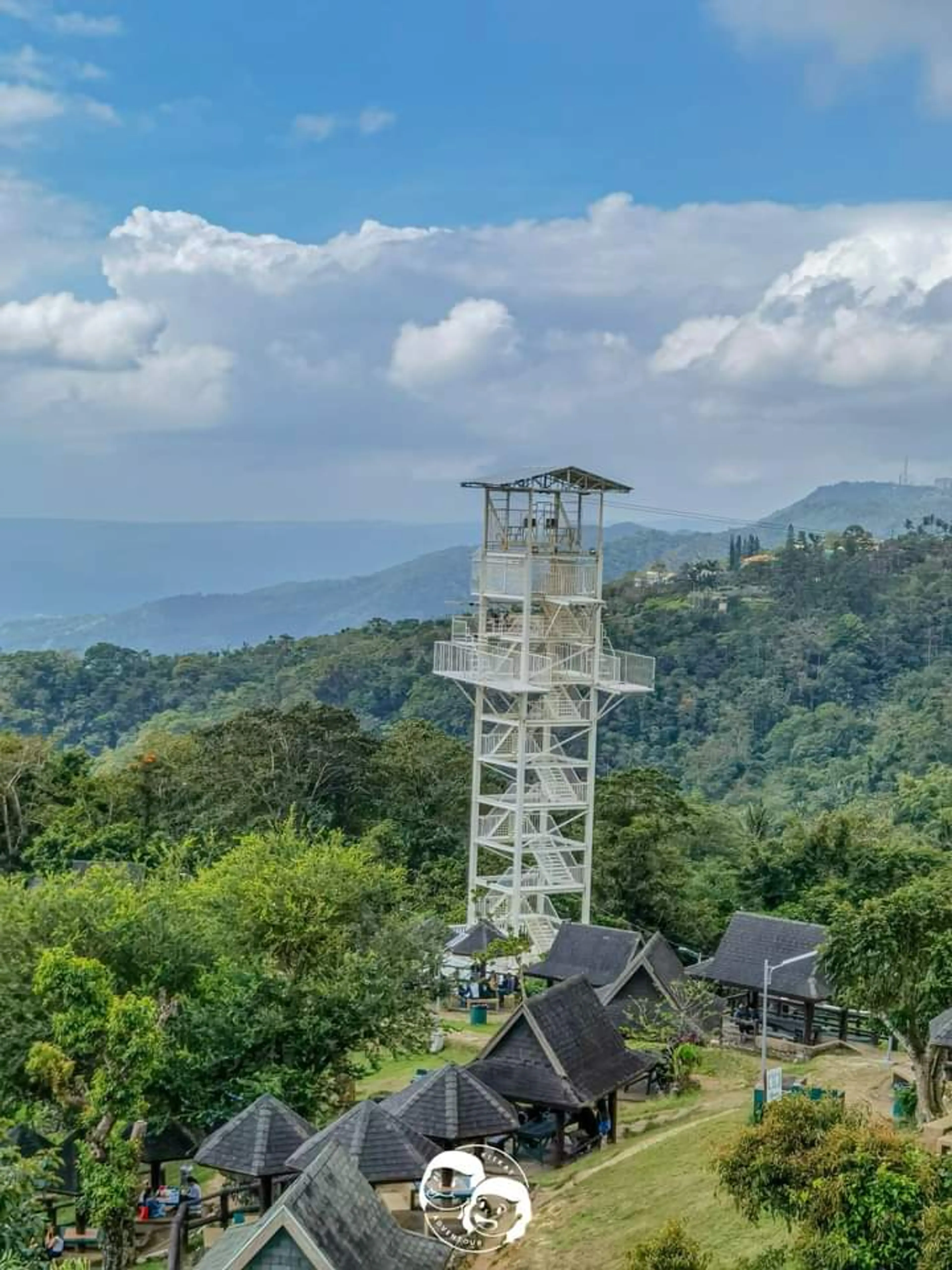
Tagaytay
A popular holiday town with a cool climate and outstanding scenery. It is also famous for its view of Taal Volcano Island, an active volcano surrounded by Taal Lake.
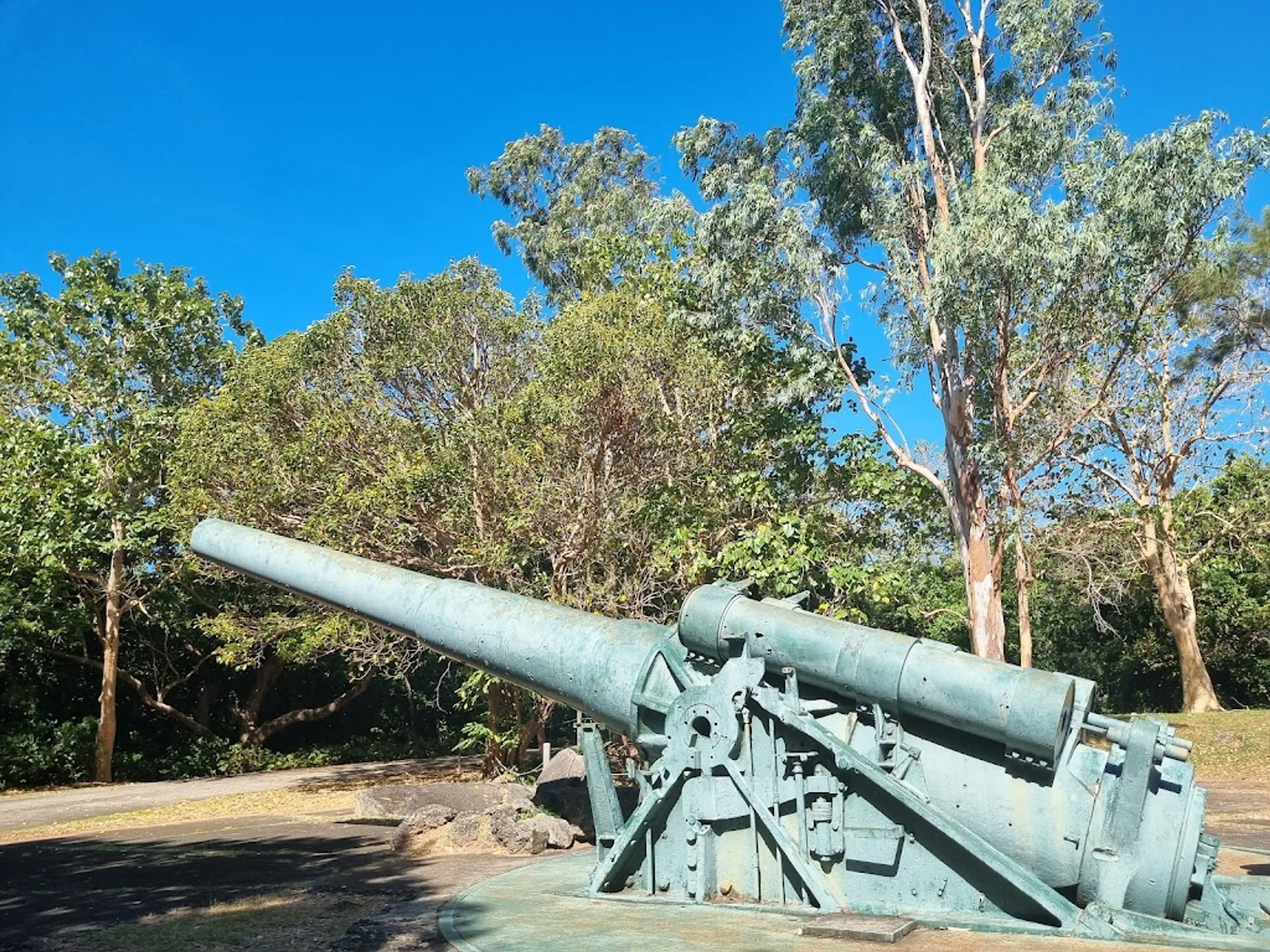
Corregidor Island
Historical island in the entrance of Manila Bay. It is famous for its role during the World War II.
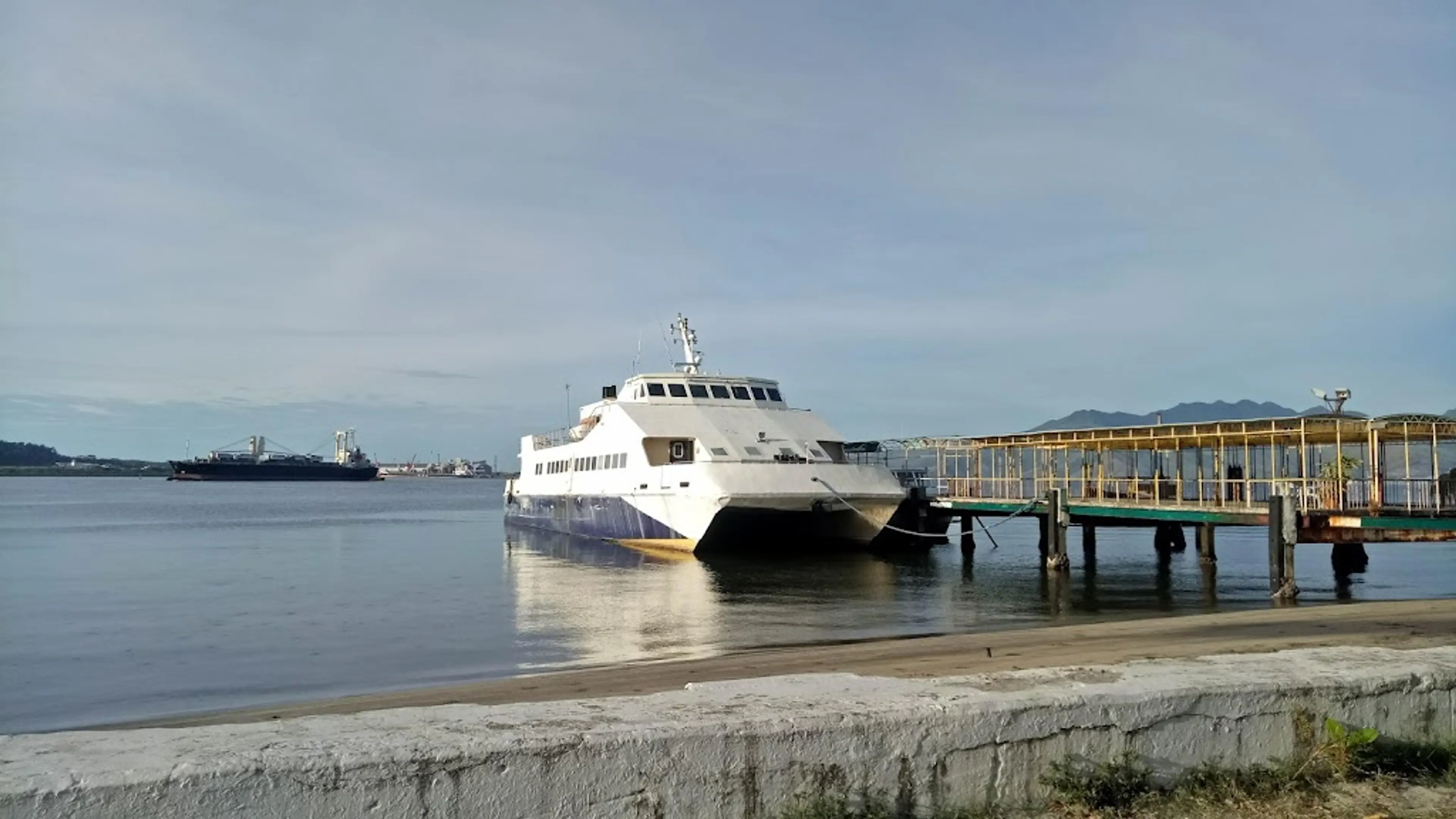
Subic Bay
A coastal area known for its beaches, adventure parks, and duty-free shopping.

Mount Pinatubo
An active stratovolcano located on the island of Luzon. It is known for its catastrophic eruption in 1991.
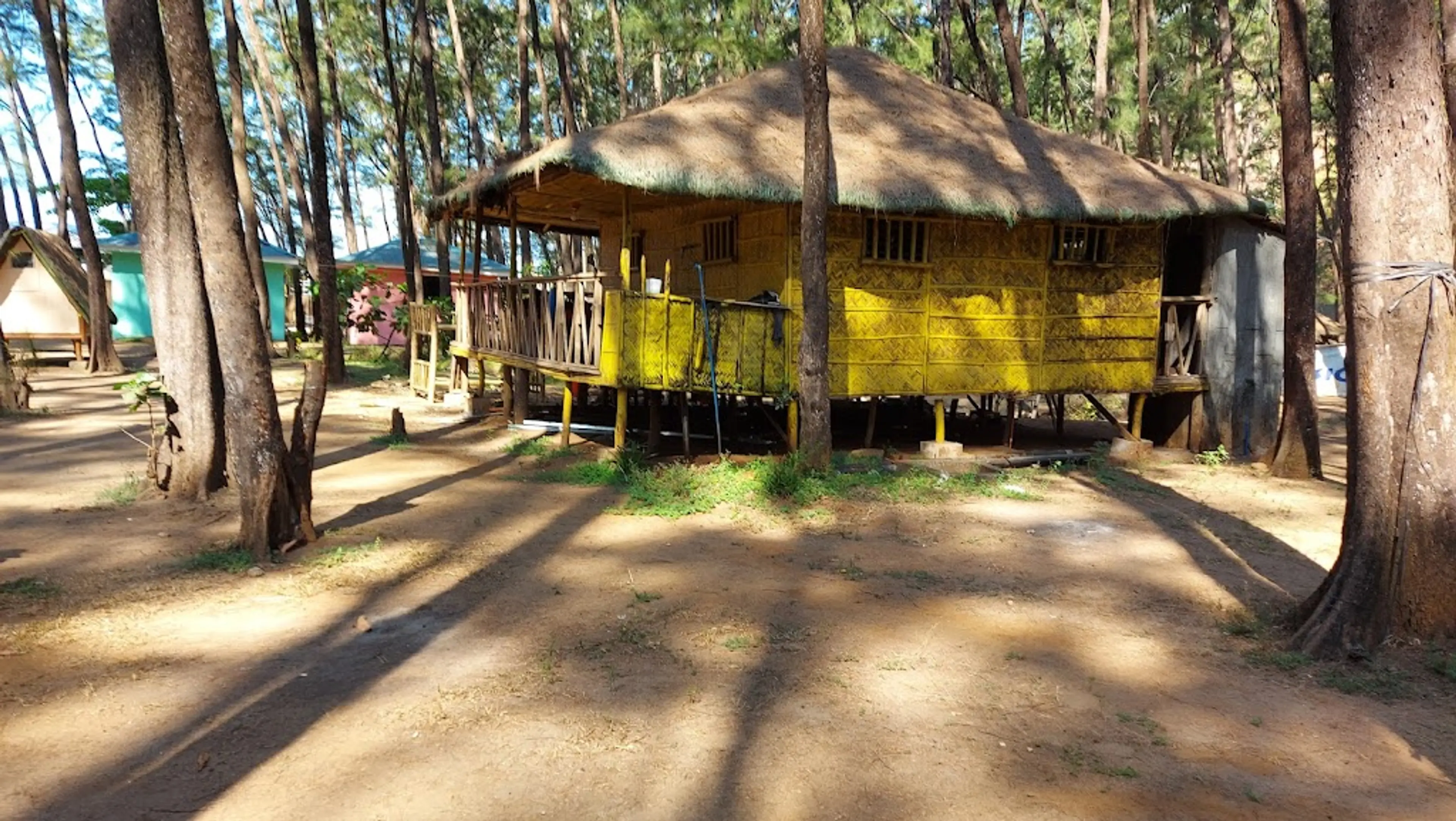
Anawangin Cove
A crescent shaped cove with a pristine white sand beach. It is interesting because it is enveloped by pine trees.
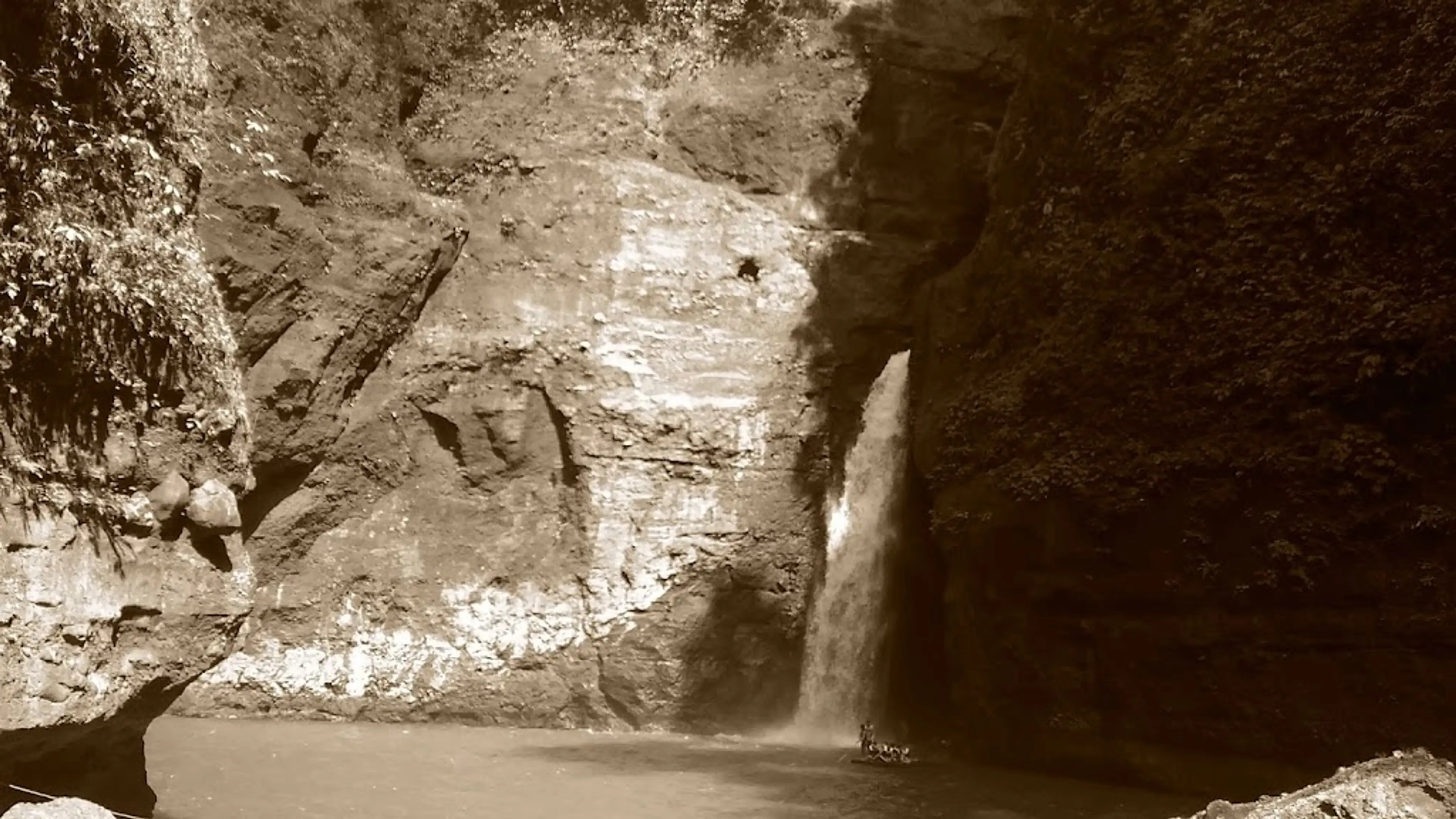
Pagsanjan Falls
One of the most famous waterfalls in the Philippines. Tourists can enjoy a river trip to the falls and back.
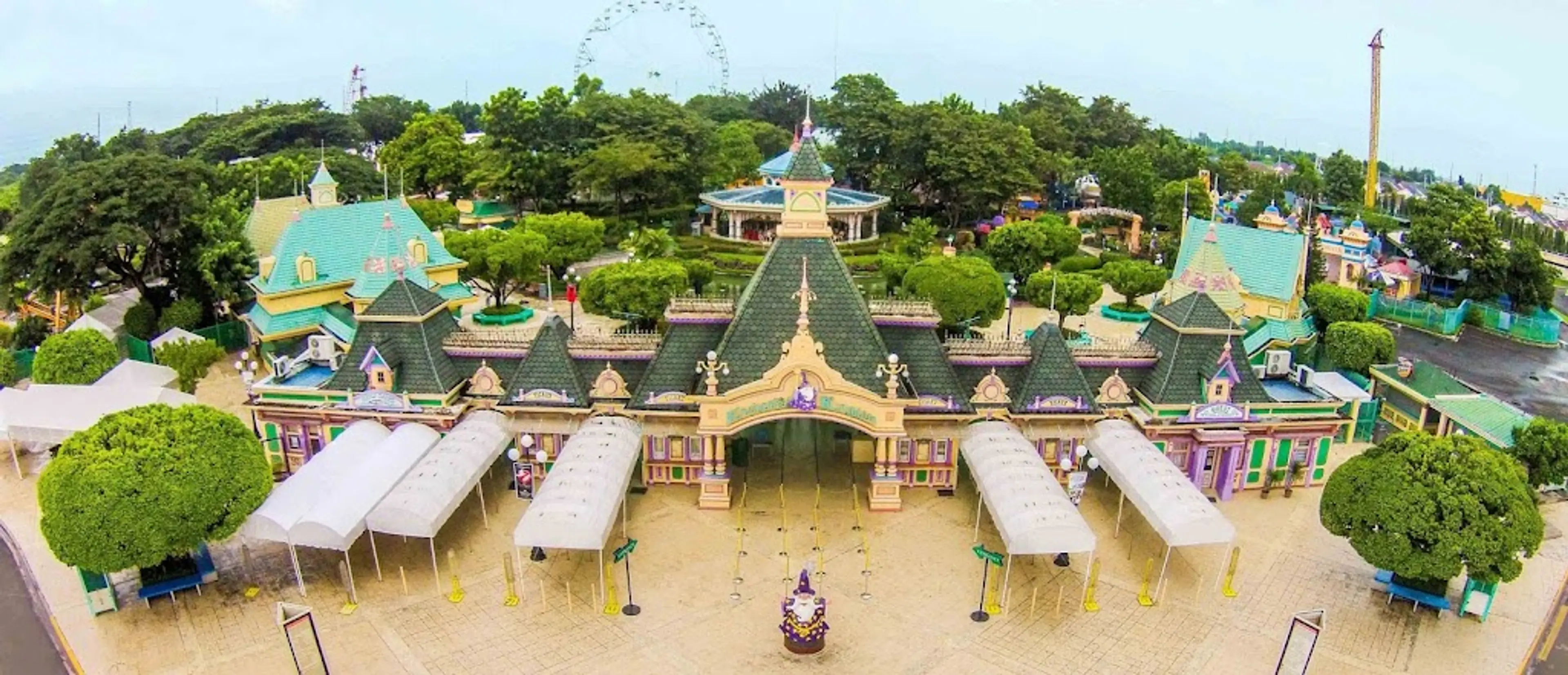
Enchanted Kingdom
A theme park filled with adrenaline-pumping rides and attractions for the whole family.
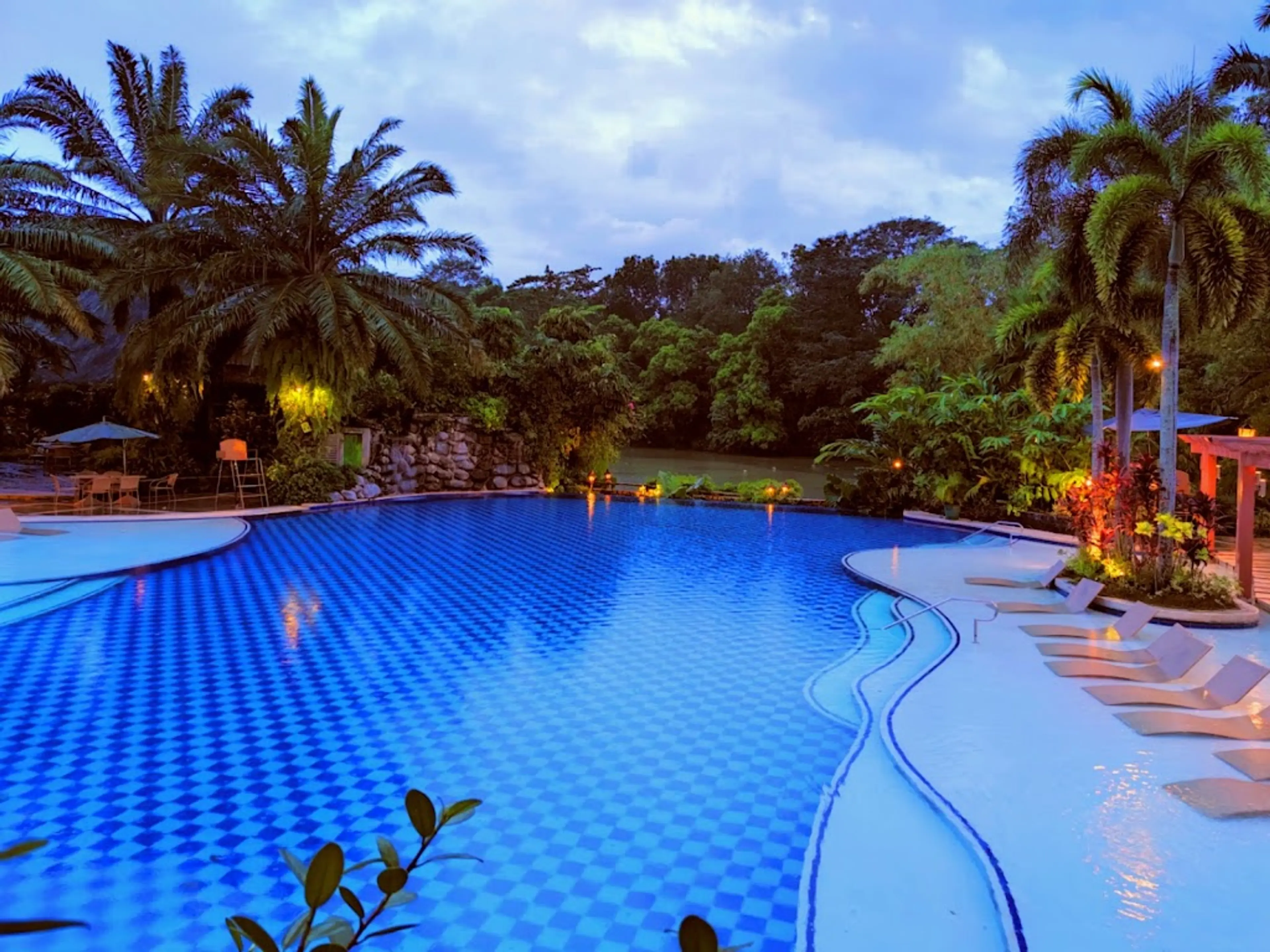
Villa Escudero
A plantation and resort offering a glimpse of country life with its museum, carabao-cart rides, and bamboo rafting.
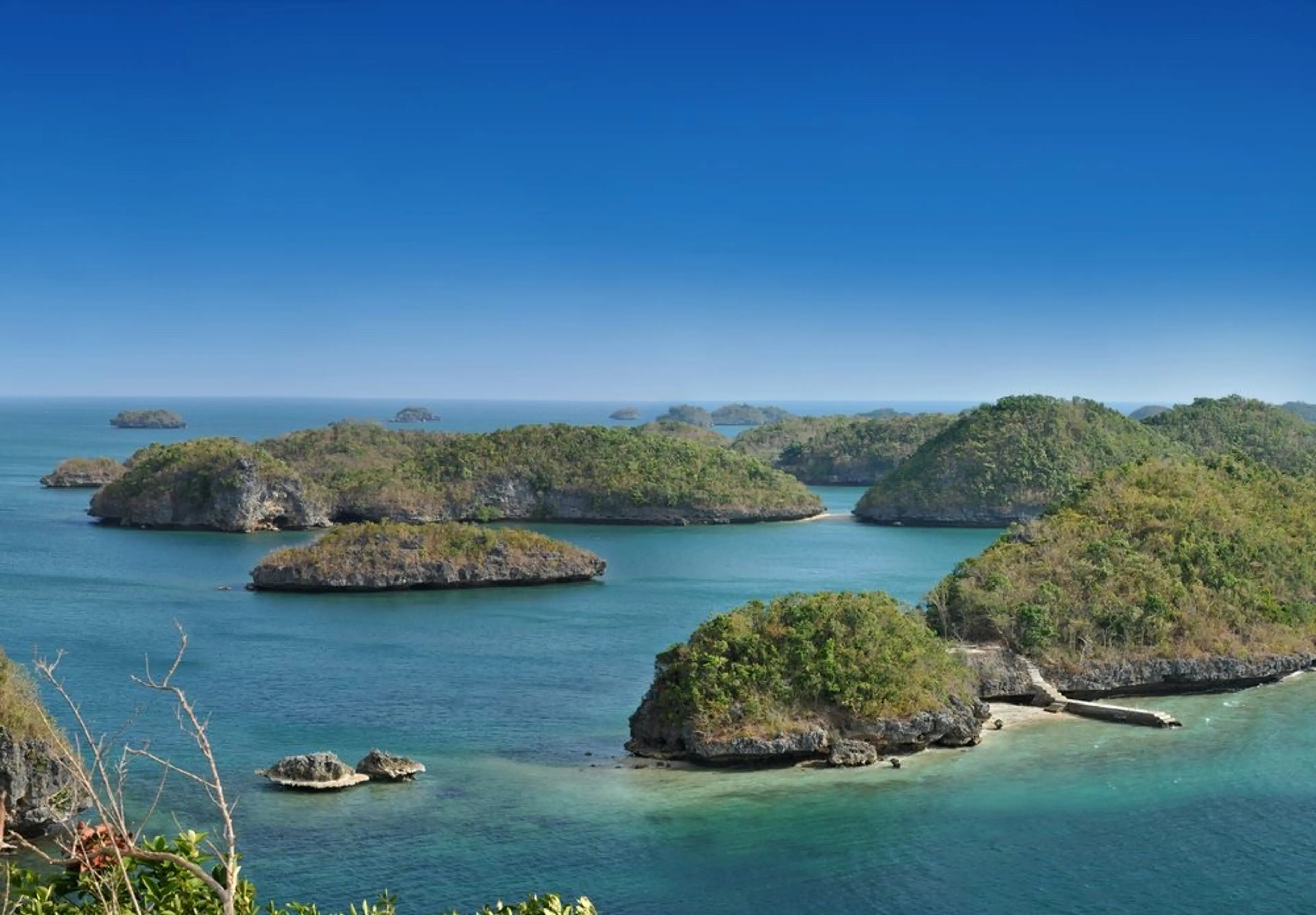
Hundred Islands
A national park and a protected area located in Alaminos, Pangasinan. It is composed of 124 islands and islets.
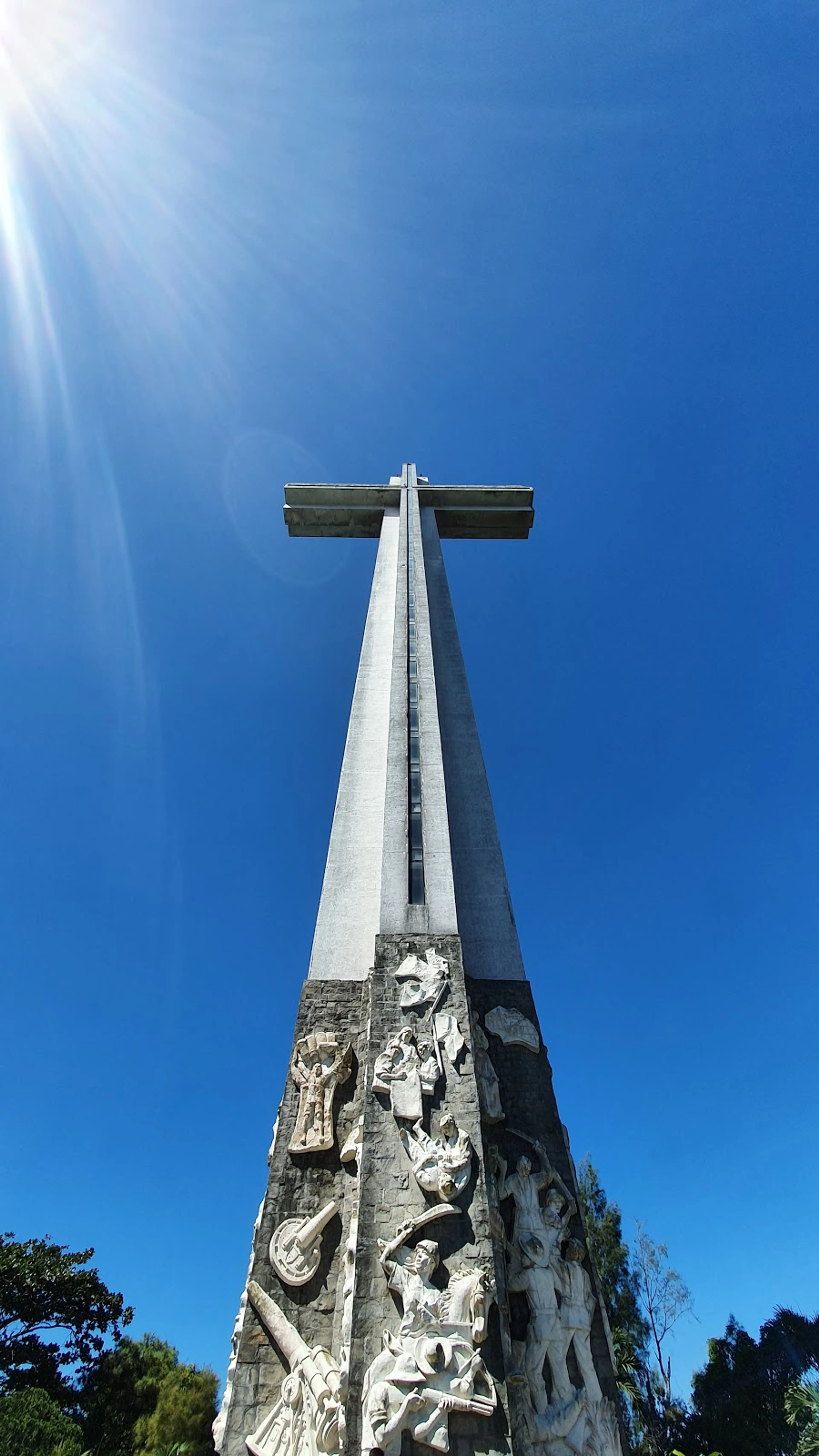
Mount Samat National Shrine
A historical shrine located near the summit of Mount Samat. It is dedicated to the fallen Filipino and American soldiers of World War II.
